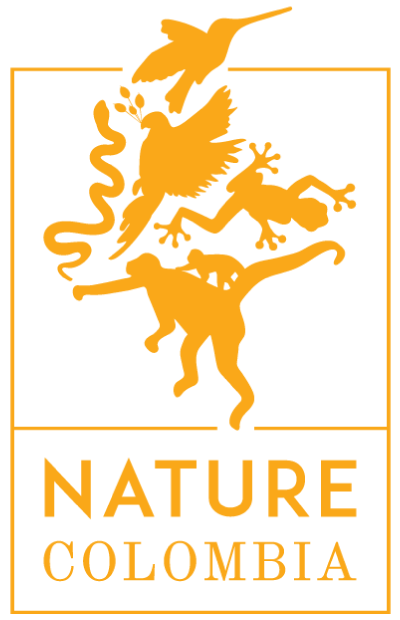SUMMARY: 0 day(s)
The cart is empty!
Click on "Customize" and start planning your perfect trip!
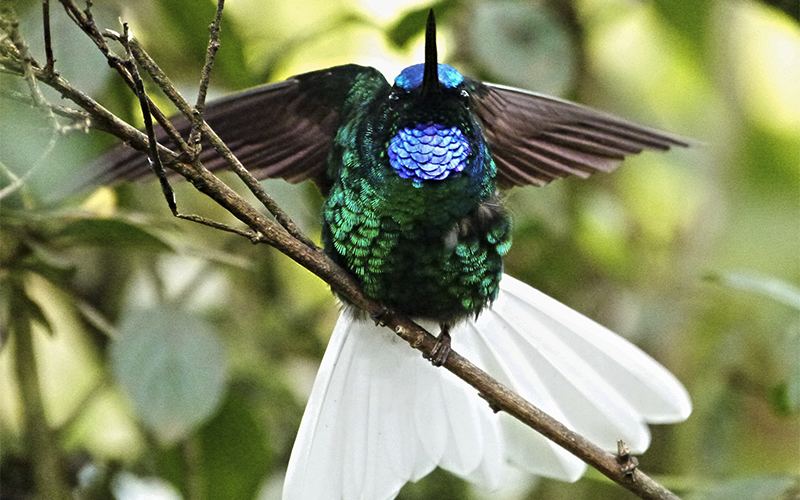
Northern Colombia and Sierra Nevada of Santa Marta
(8) days(s)
This tour combines the exquisite Sierra Nevada of Santa Marta with the tropical dry Forest, mangrove ecosystems, Caribbean wetlands and desert of northern Colombia. In this 8 days you will be able to find fabulous scenery, a number of endemic birds and some extraordinary near-endemic birds only shared with Venezuela.
Animals you might see on this tour
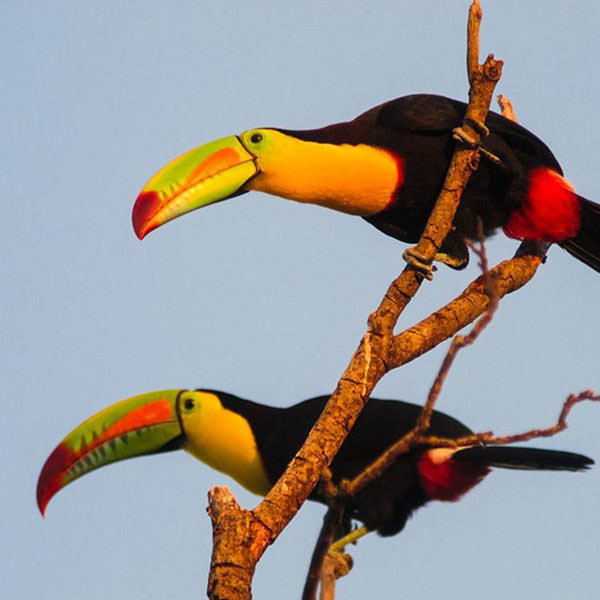
Keel-billed Toucan
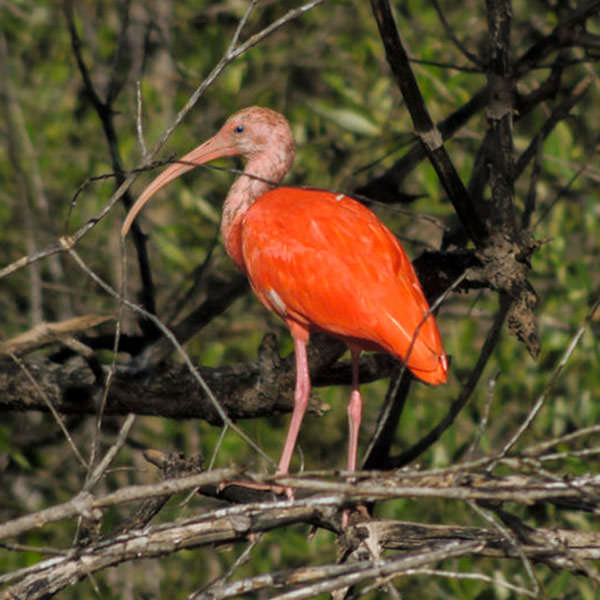
Scarlet Ibis
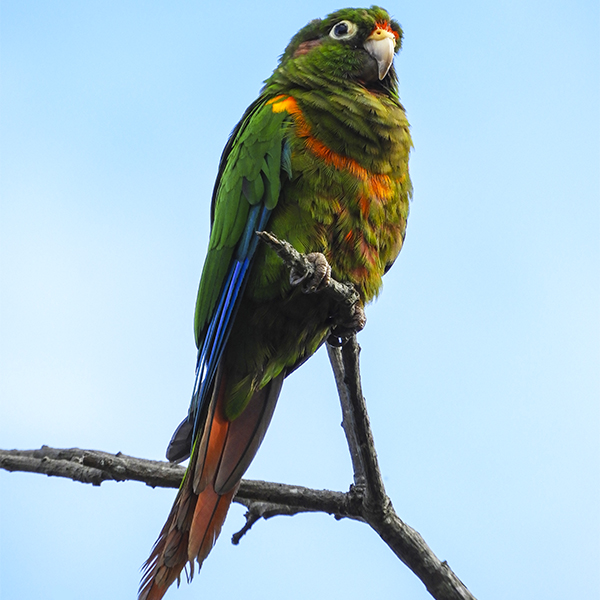
Santa Marta parakeet
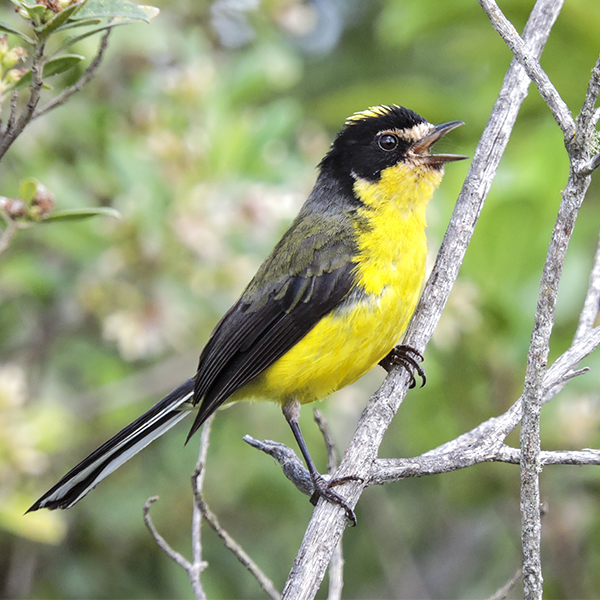
Yellow-crowned Redstart
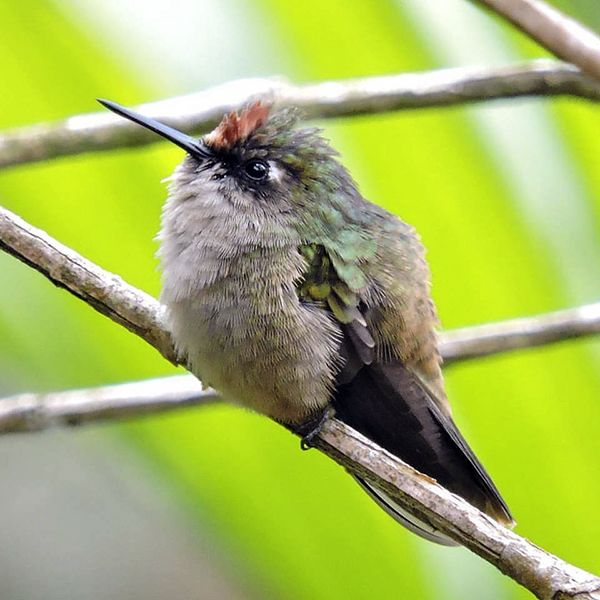
Santa Marta Blossomcrown
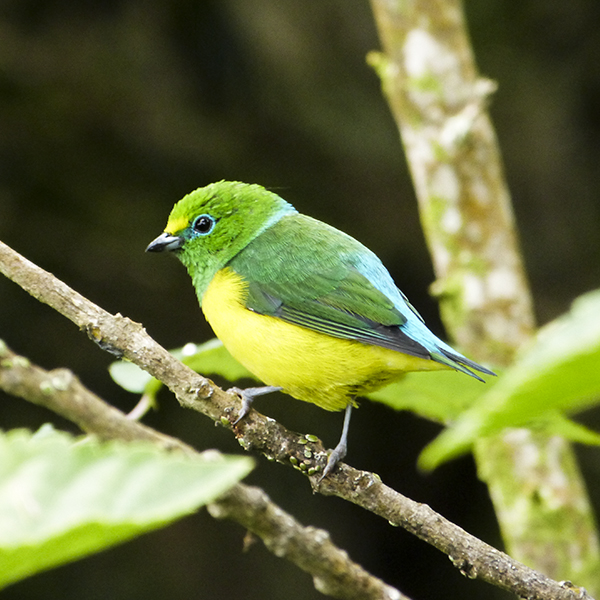
Blue-naped Chlorophonia
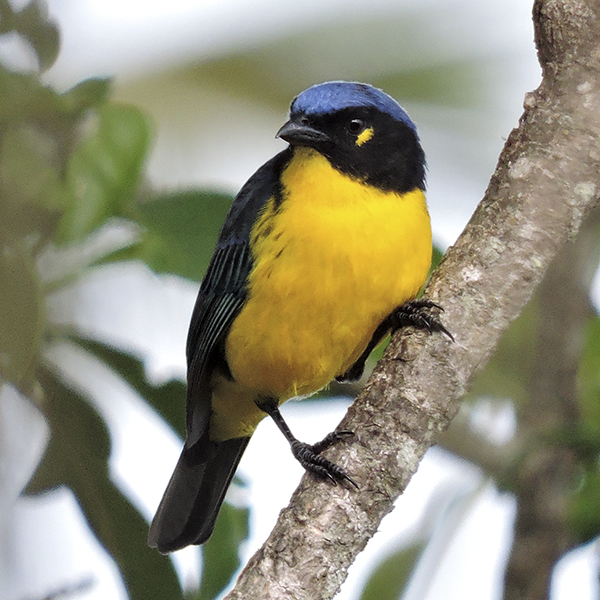
Santa Marta Mountain-Tanager
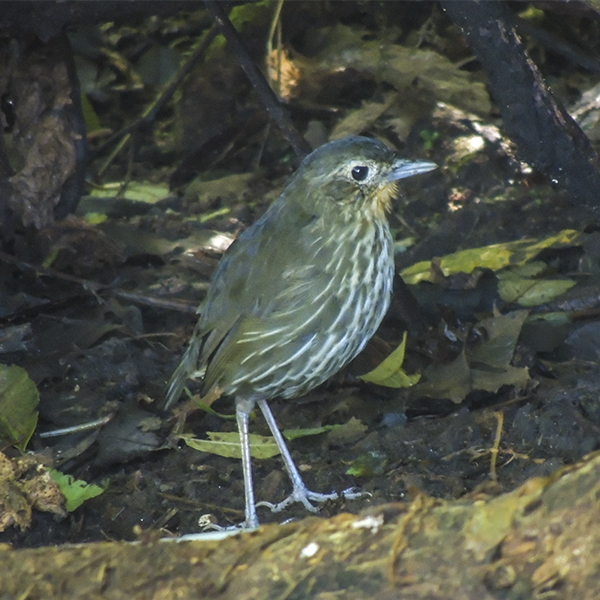
Santa Marta Antpitta
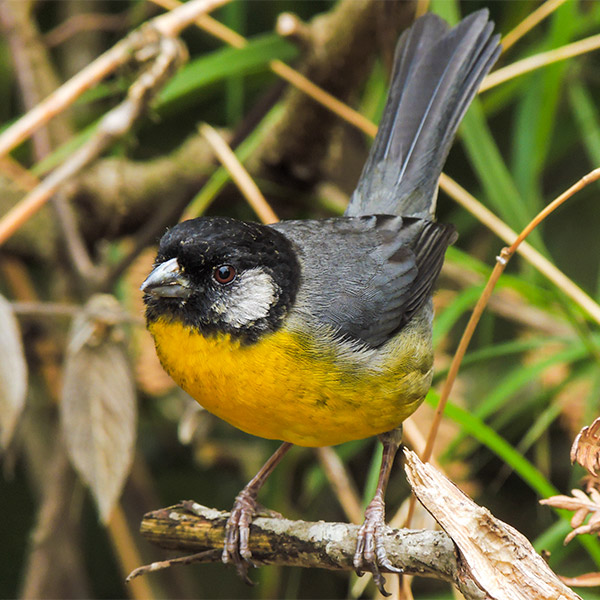
Santa Marta Brushfinch
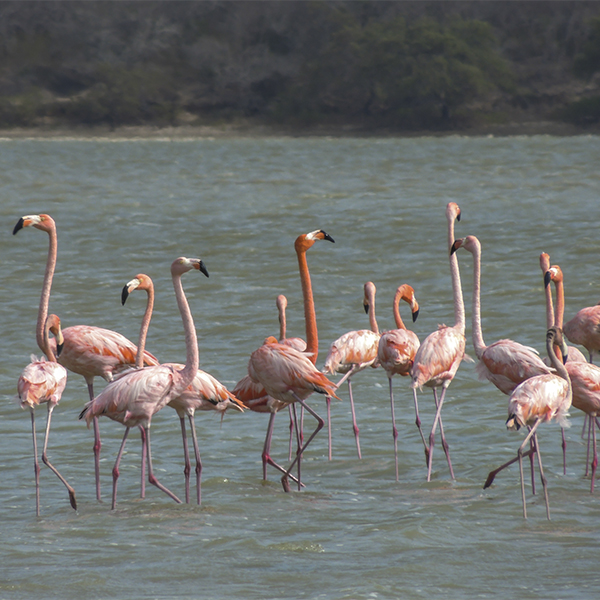
American Flamingo
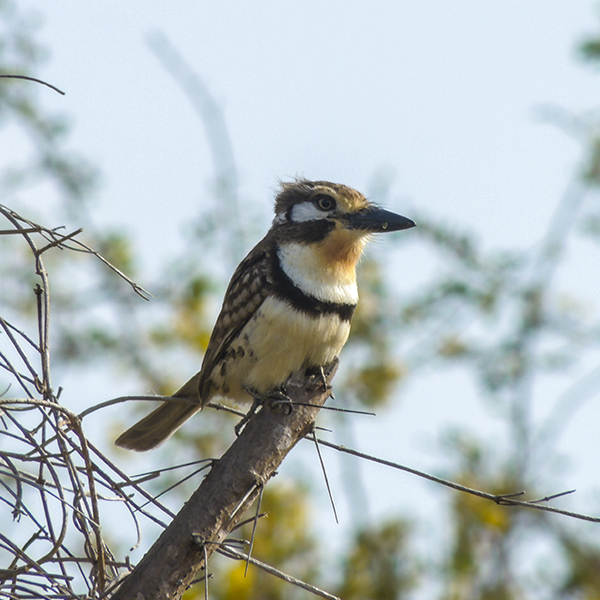
Russet-throated Puffbird
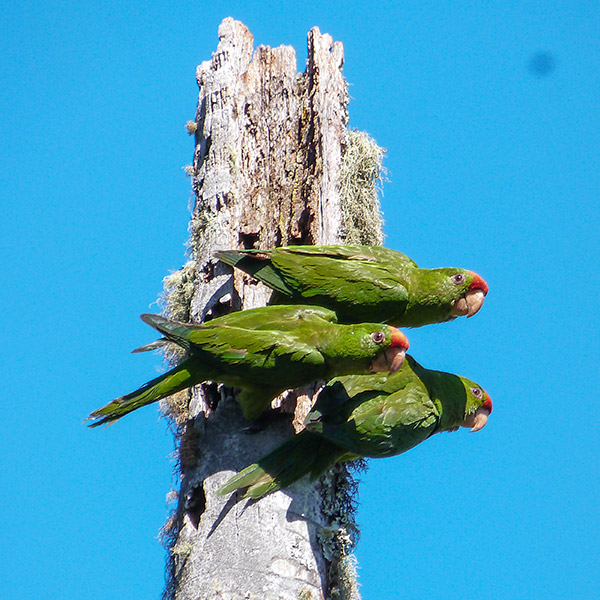
Scarlet-fronted Parakeet
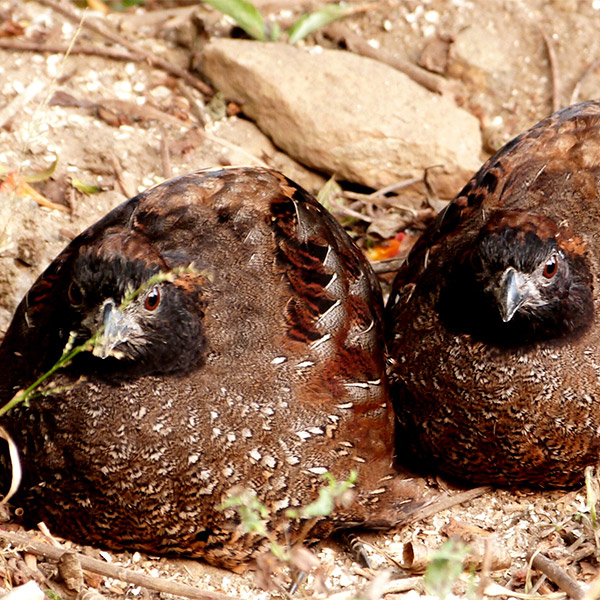
Black-fronted Wood-Quail
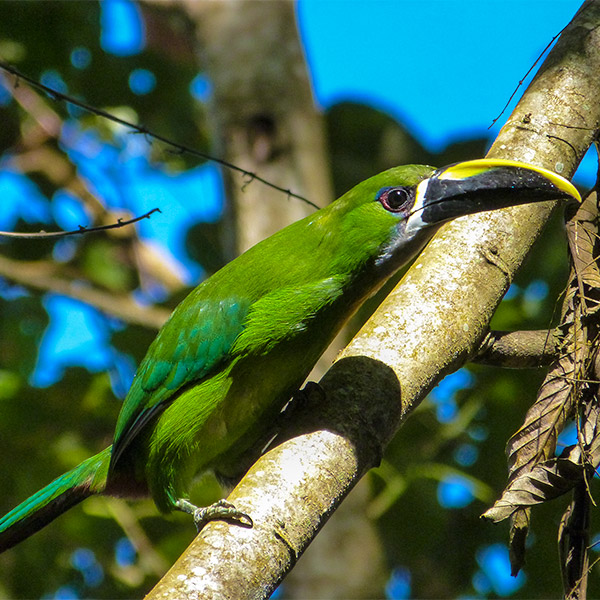
Southern Emerald-Toucanet
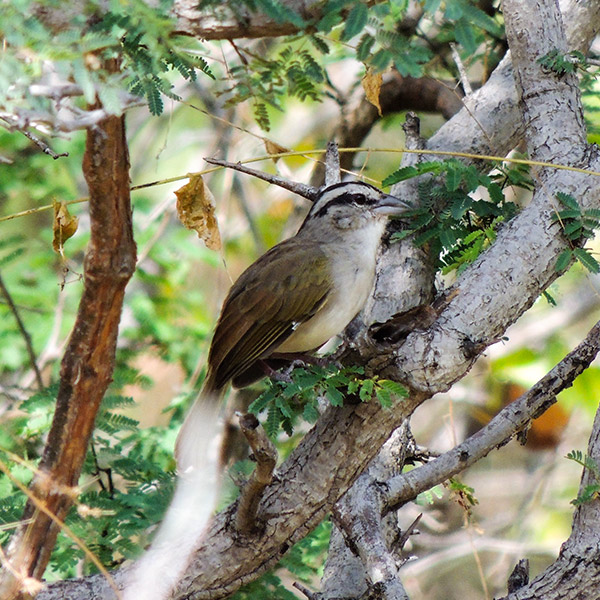
Tocuyo Sparrow
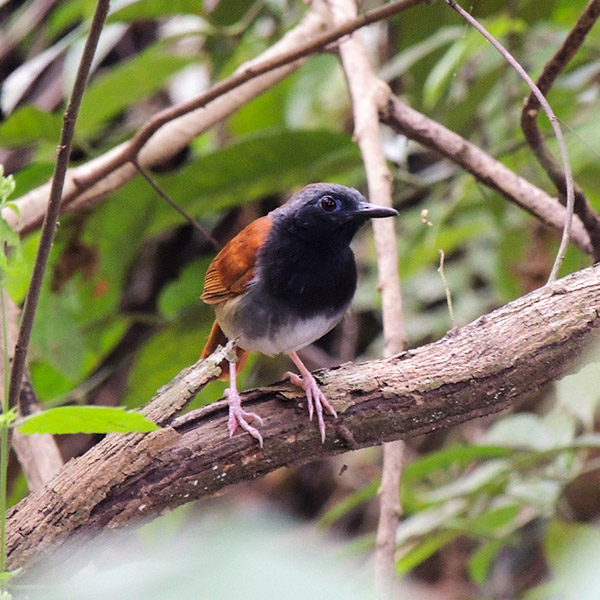
White-bellied Antbird
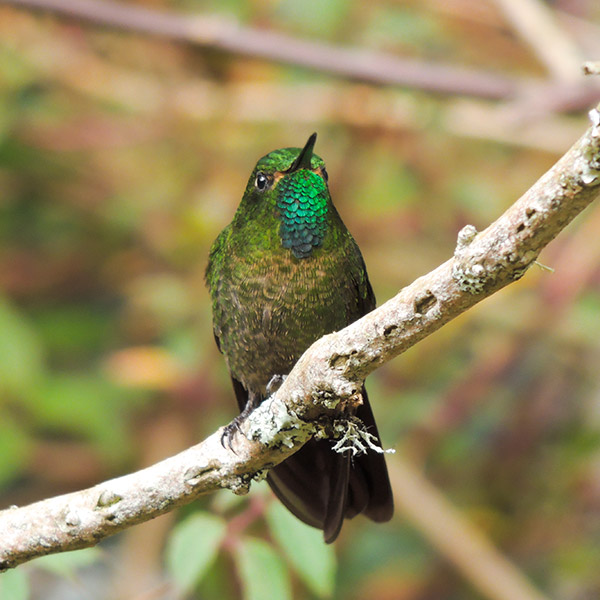
Tyrian metaltail
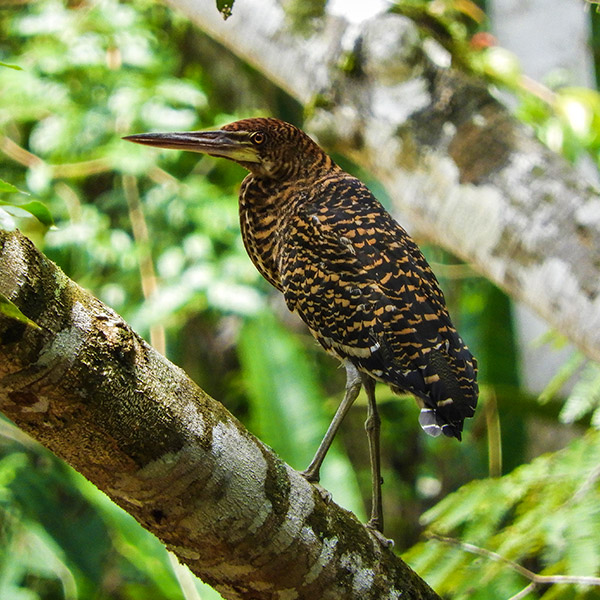
Rufescent Tiger-Heron
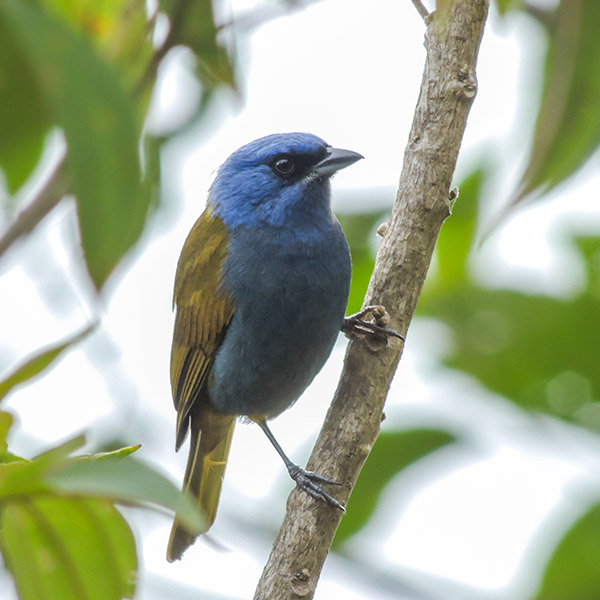
Blue-capped Tanager
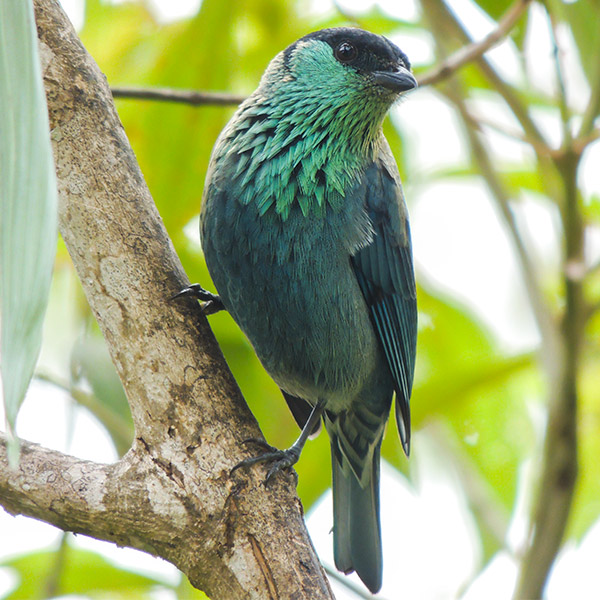
Black-capped Tanager
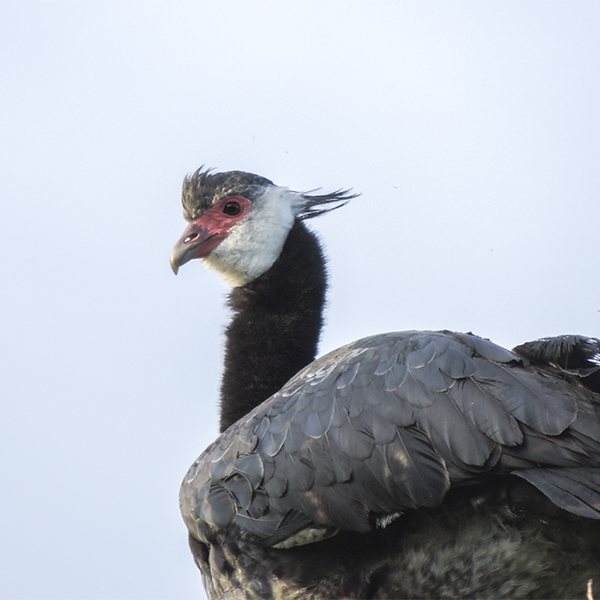
Northern Screamer
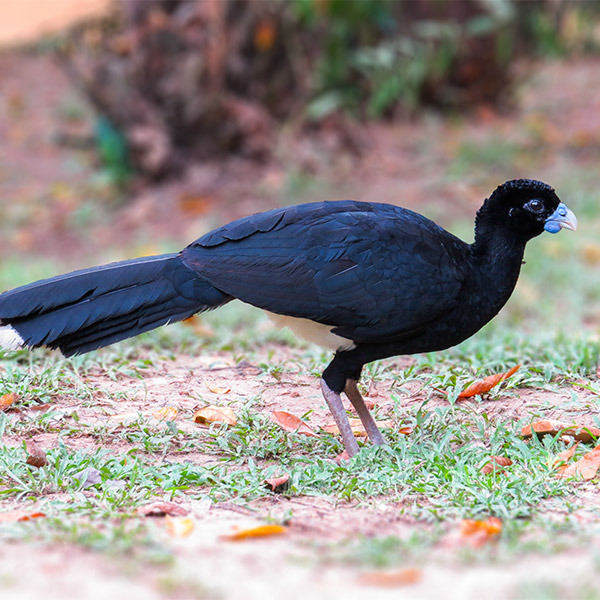
Blue-billed Curassow
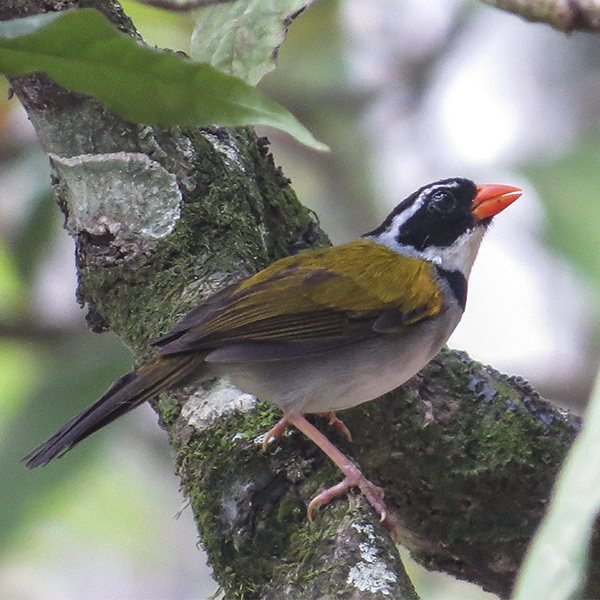
Golden-winged Sparrow
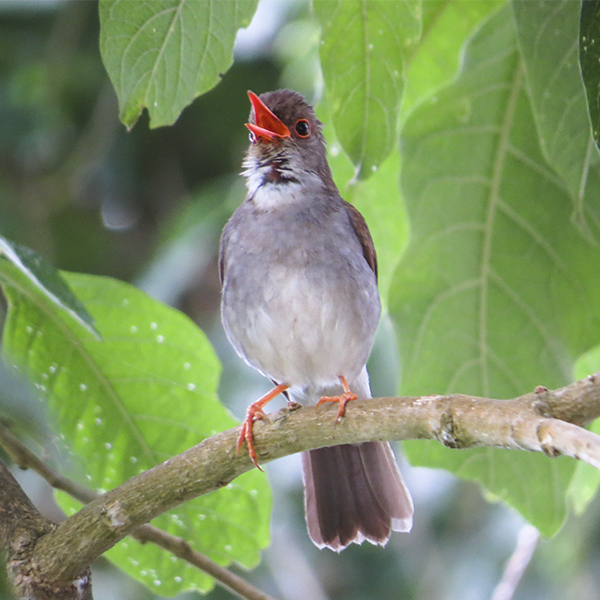
Orange-billed Nightingale-thrush
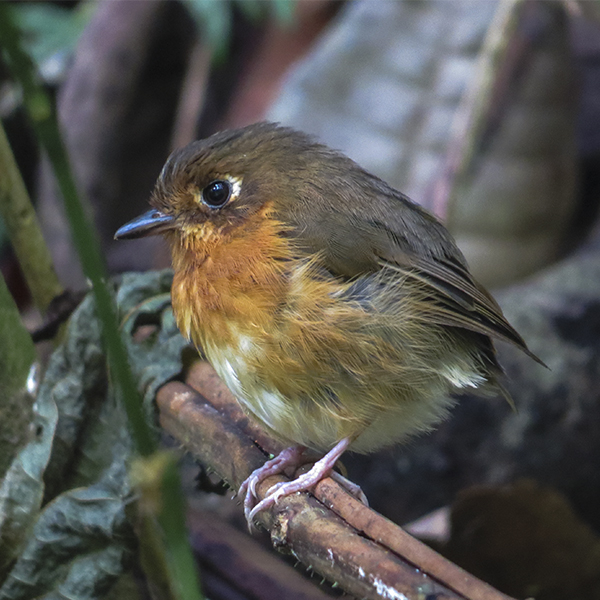
Rusty-breasted Antpitta
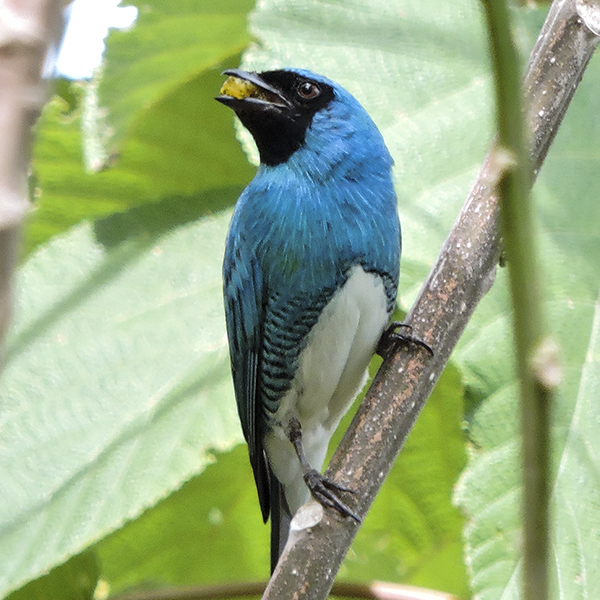
Swallow Tanager
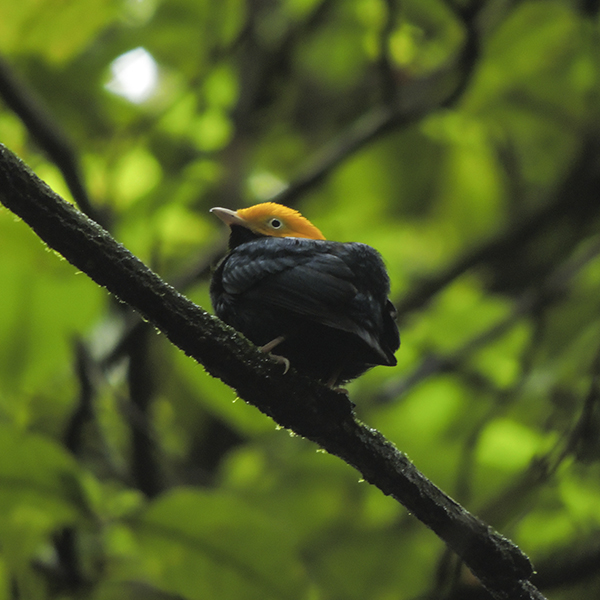
Golden-headed Manakin
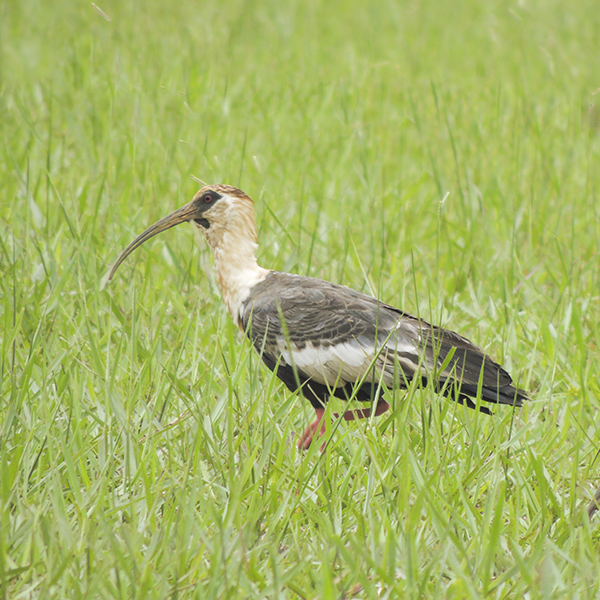
Buff-necked Ibis
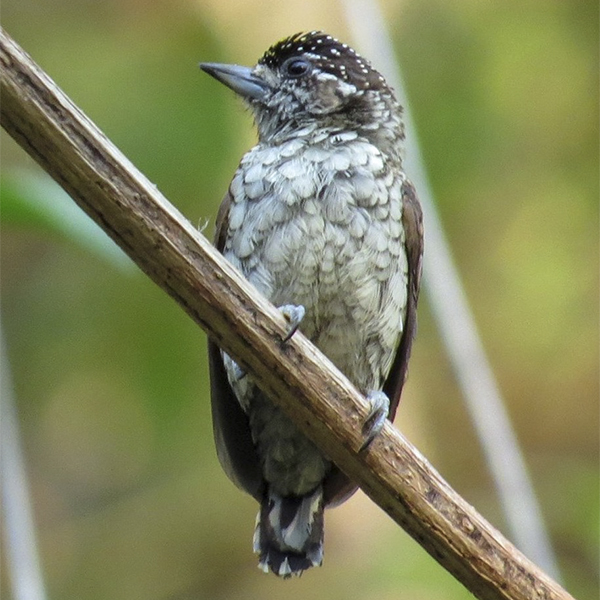
Scaled Piculet
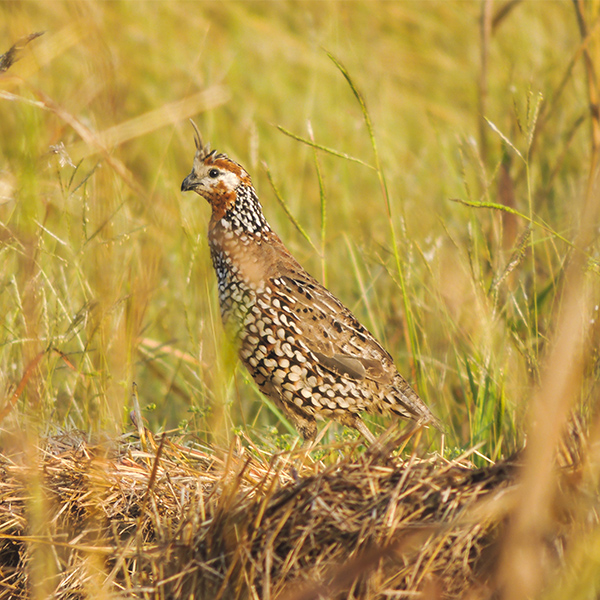
Crested Bobwhite
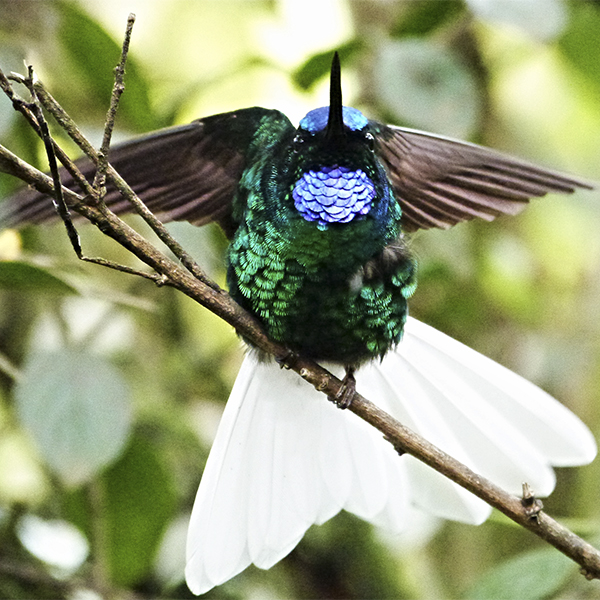
White-tailed Starfrontlet
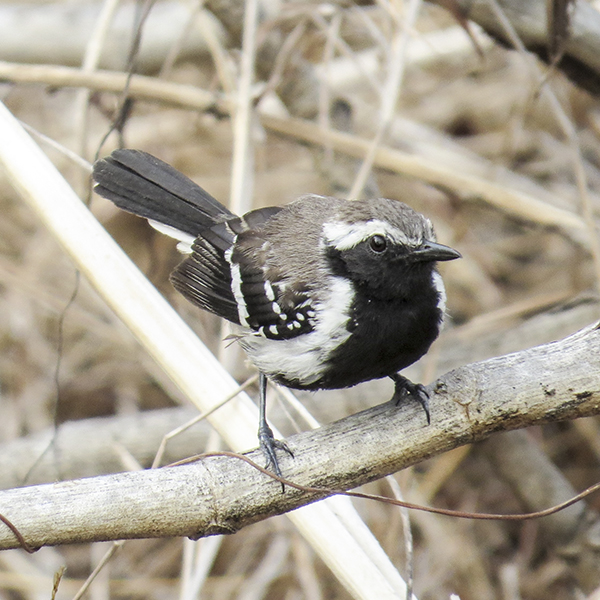
White-fringed Antwren
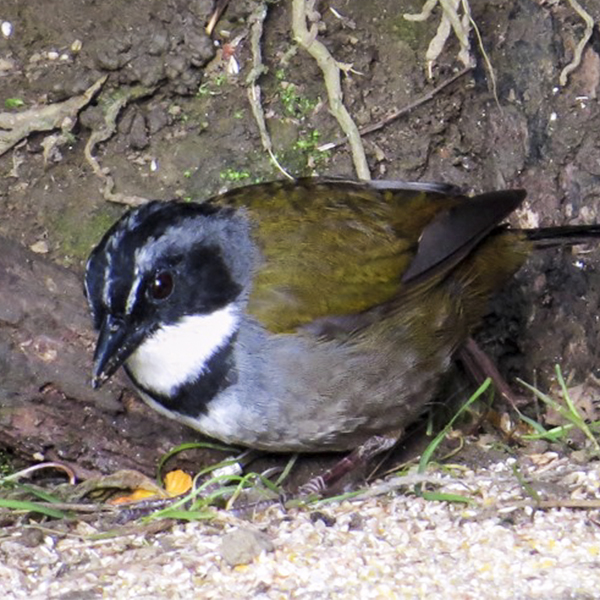
Sierra Nevada Brushfinch
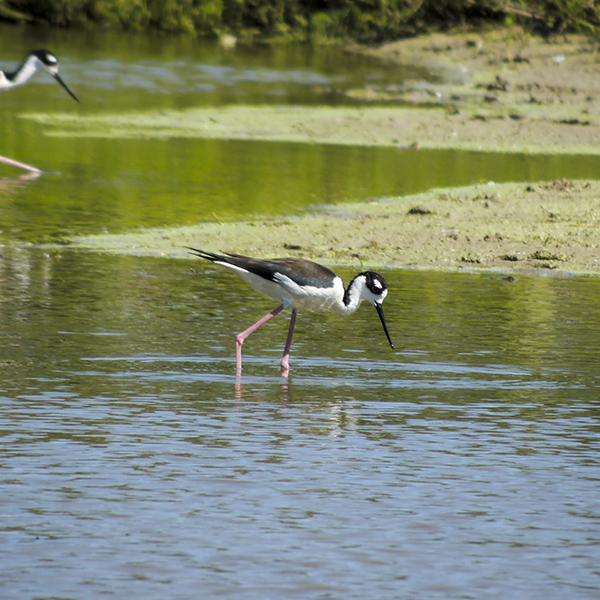
Black-necked Stilt
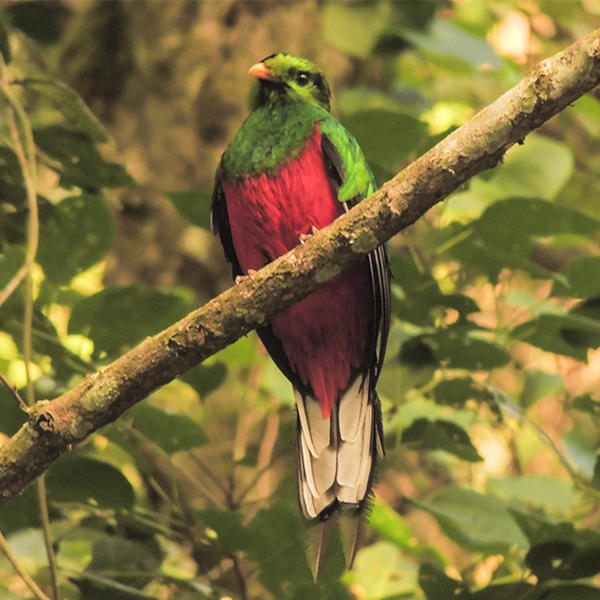
White-tipped Quetzal
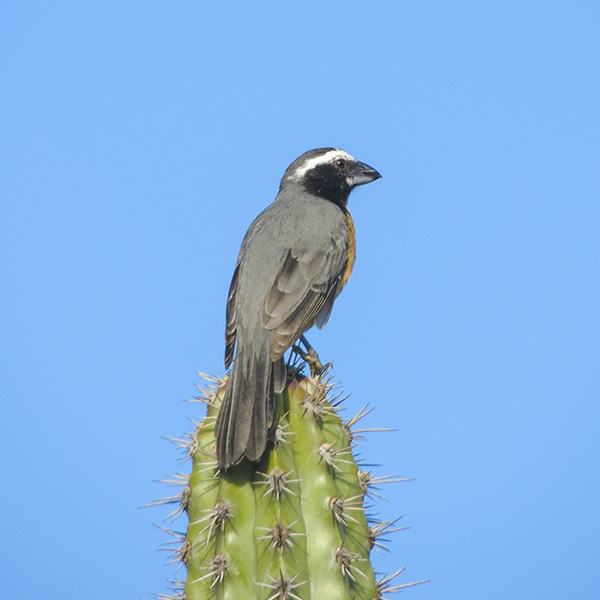
Orinocan Saltator
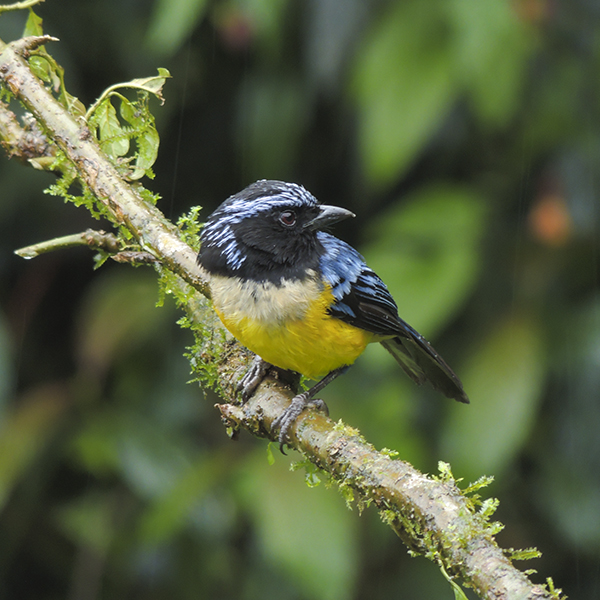
Buff-breasted Mountain-Tanager
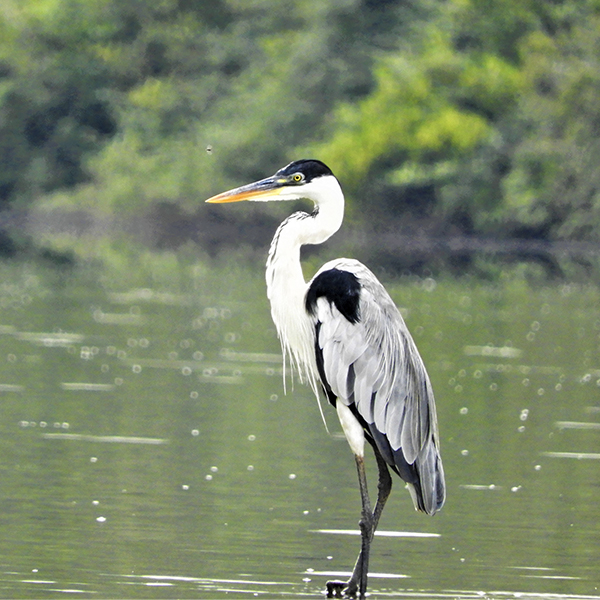
Cocoi Heron
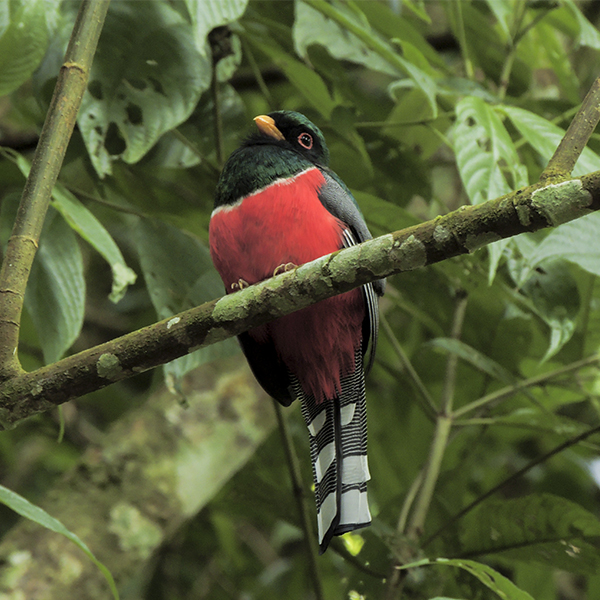
Masked Trogon
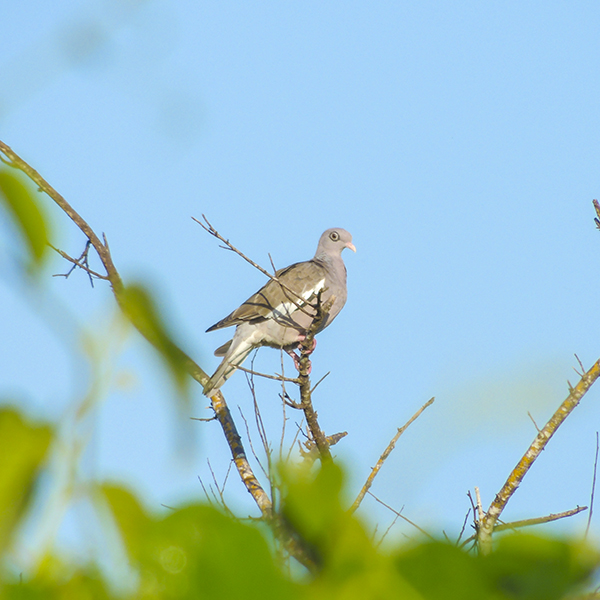
Bare-eyed Pigeon
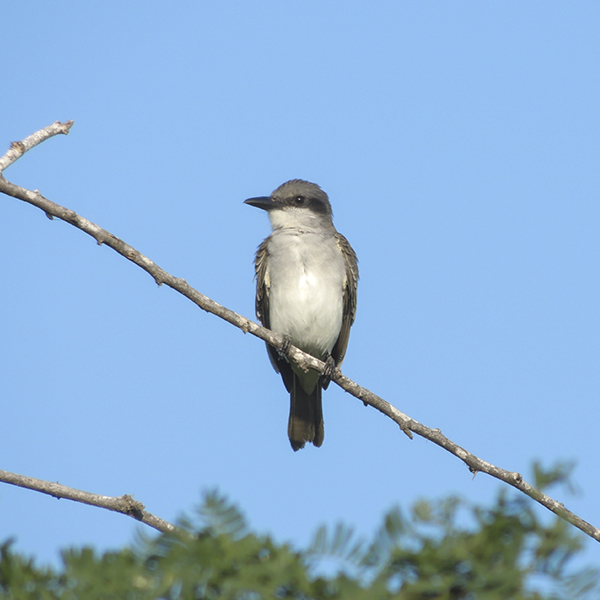
Gray Kingbird
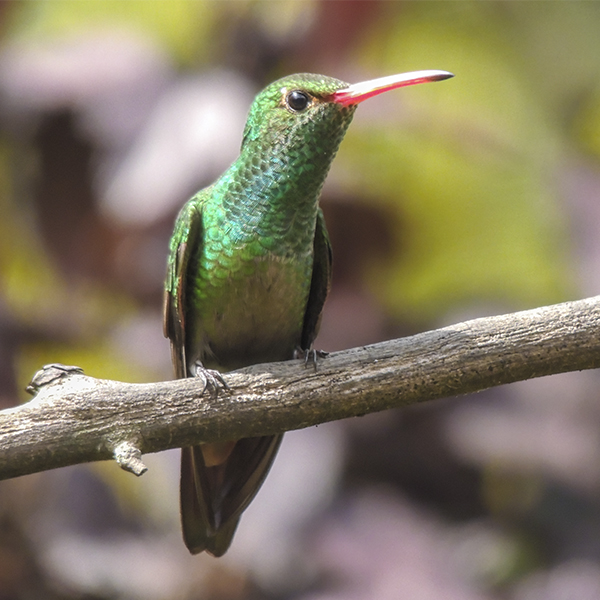
Rufous-tailed Hummingbird
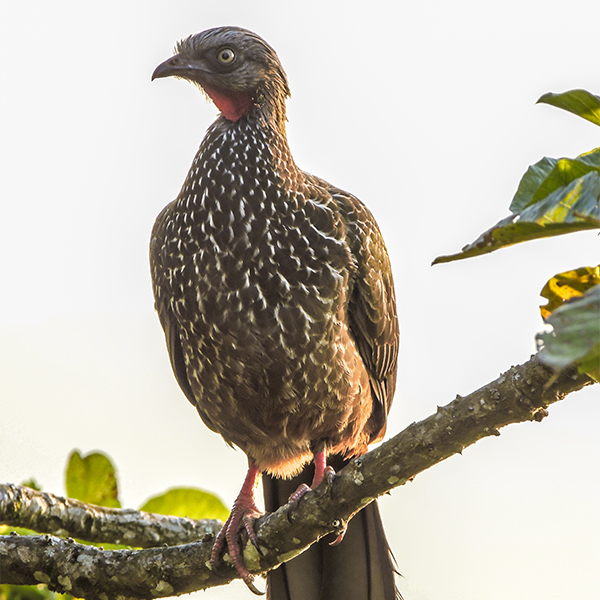
Band-tailed Guan
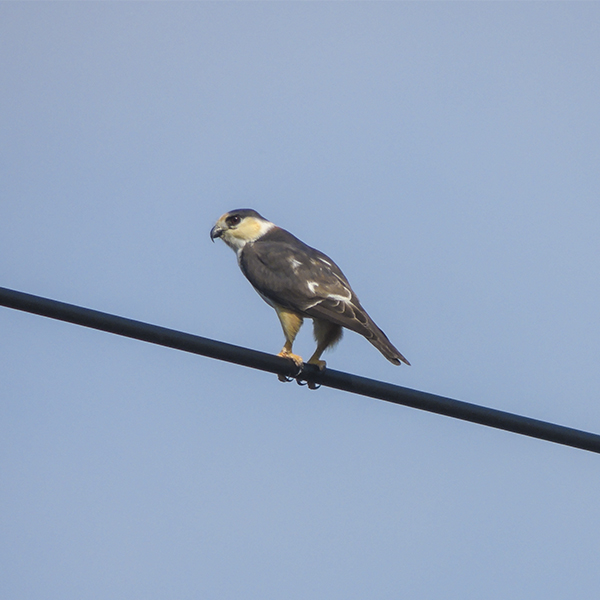
Pearl Kite
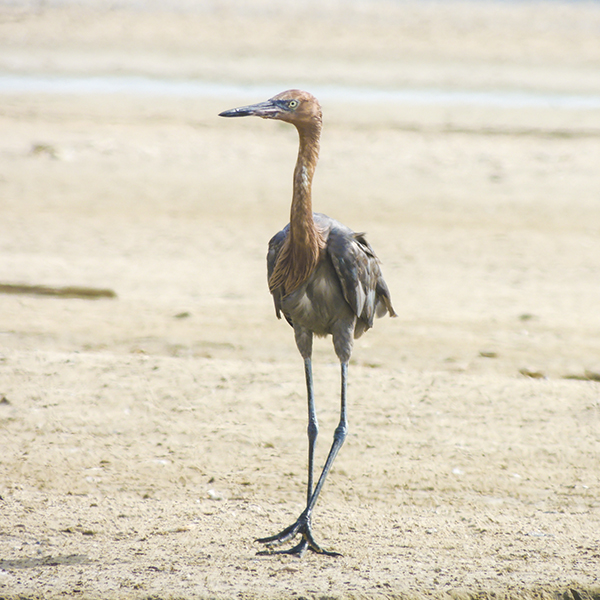
Reddish Egret
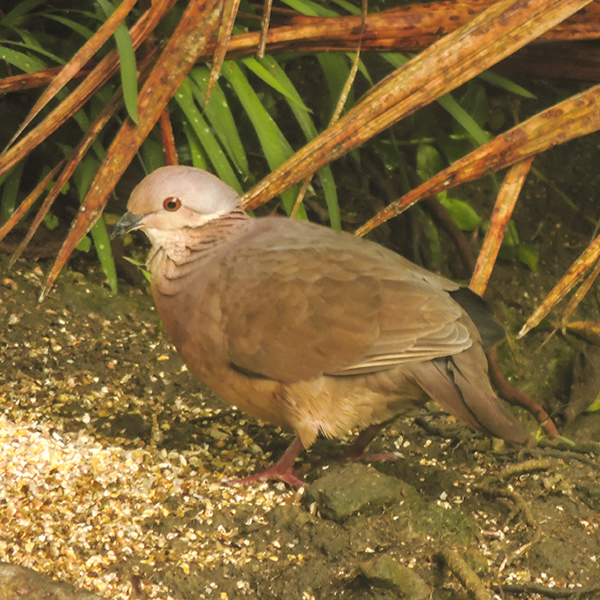
Lined Quail-Dove
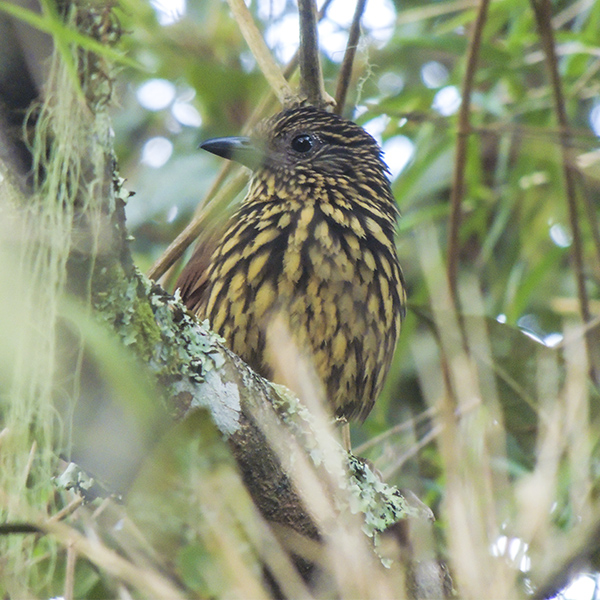
Flammulated Treehunter
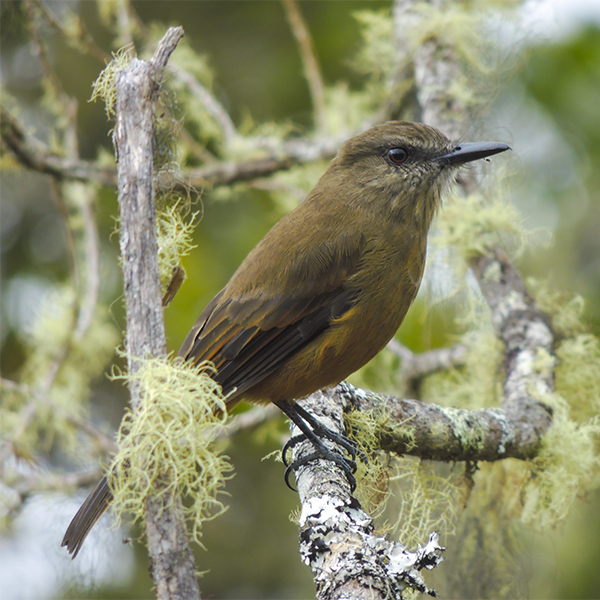
Santa Marta Bush-tyrant
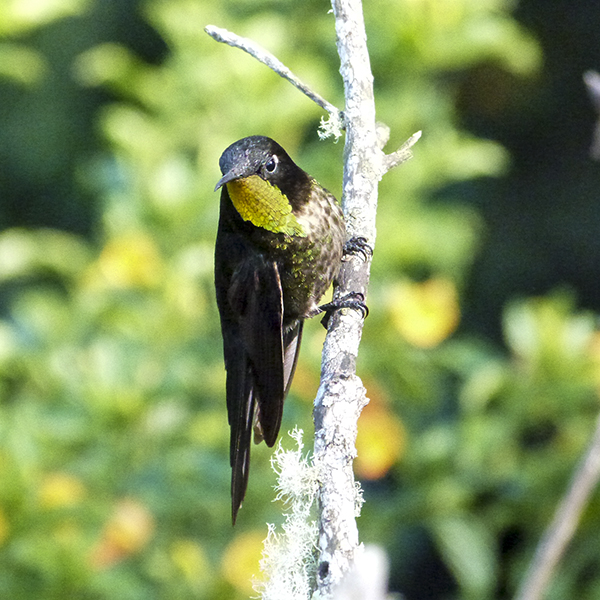
Black-backed Thornbill
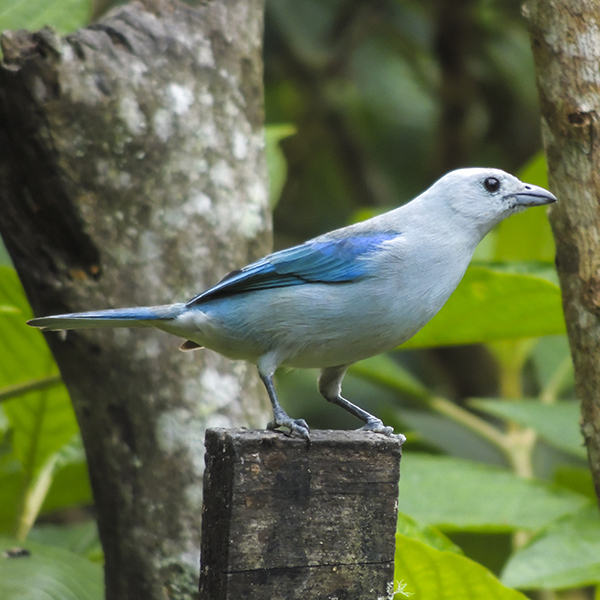
Blue-grey Tanager
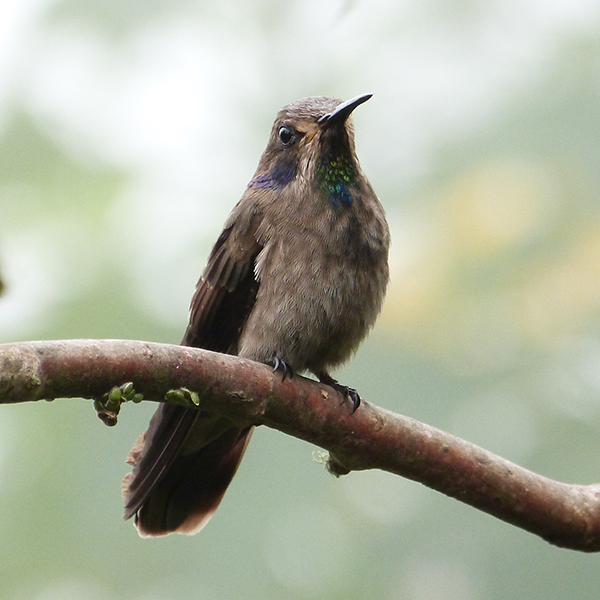
Brown Violetear
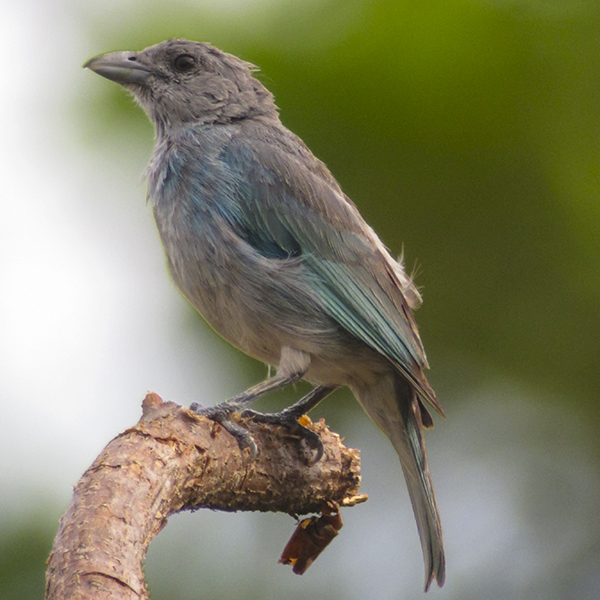
Glaucous Tanager
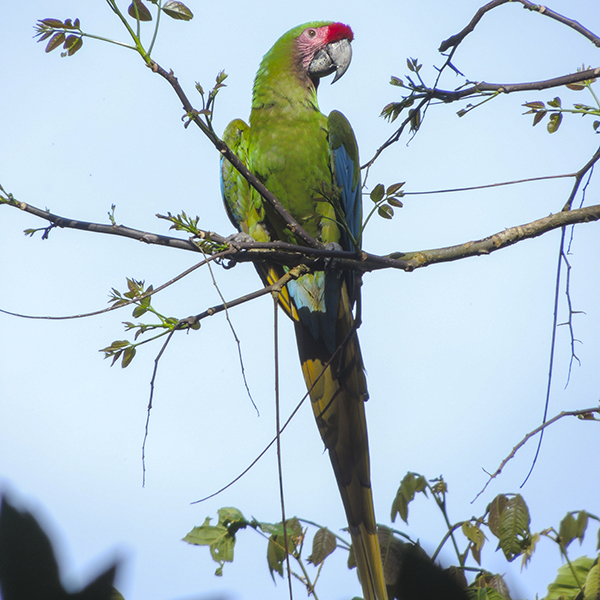
Military Macaw
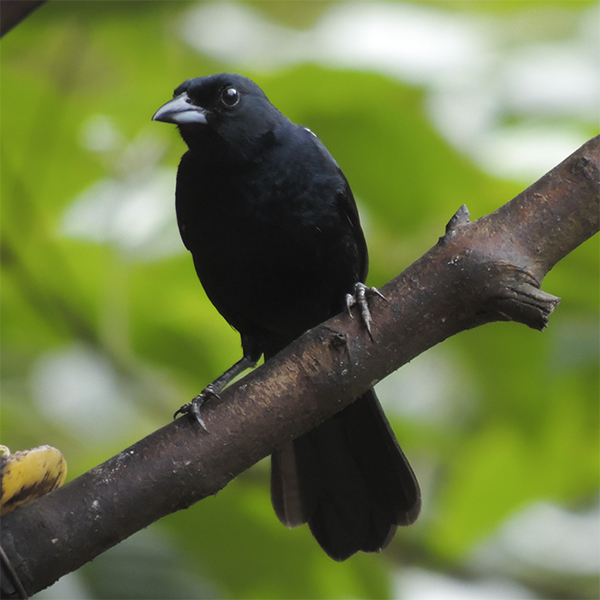
White-lined Tanager
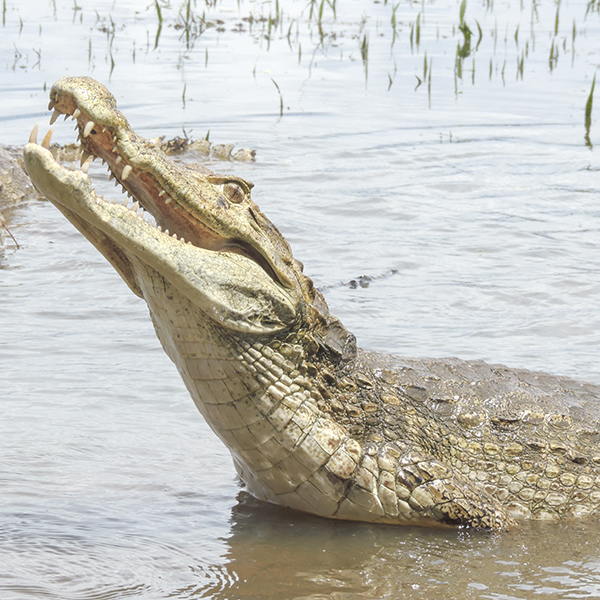
Spectacled caiman
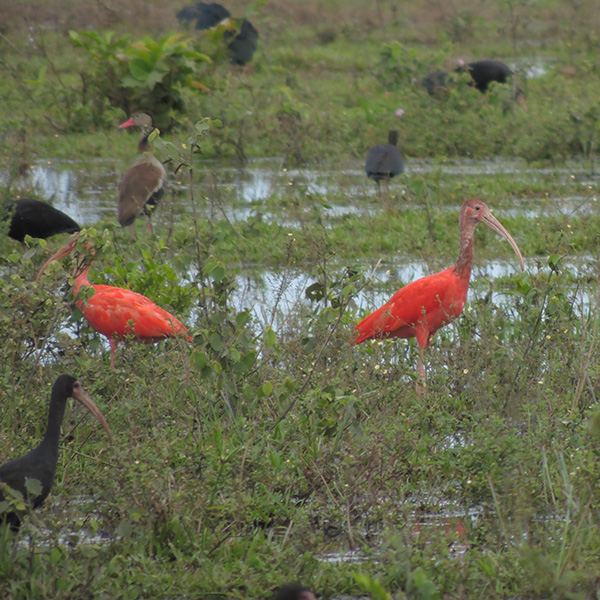
Scarlet Ibis
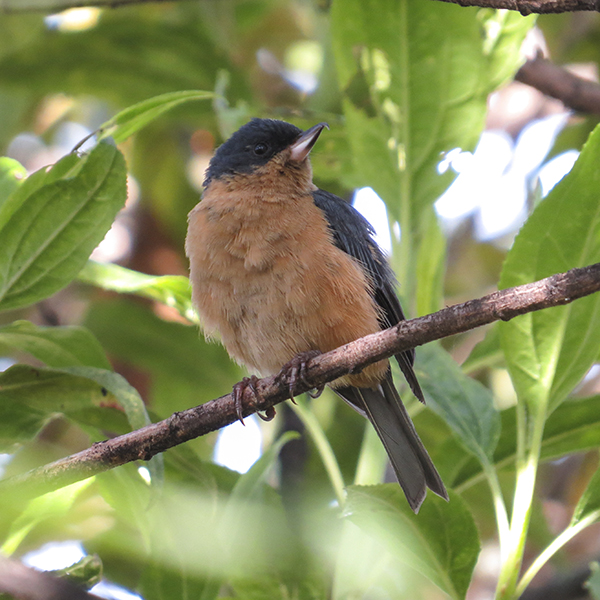
Rusty Flowerpiercer
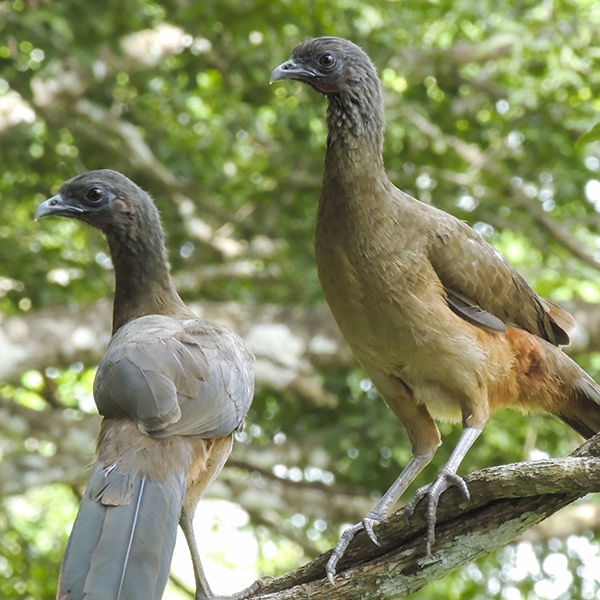
Rufous-vented Chachalaca
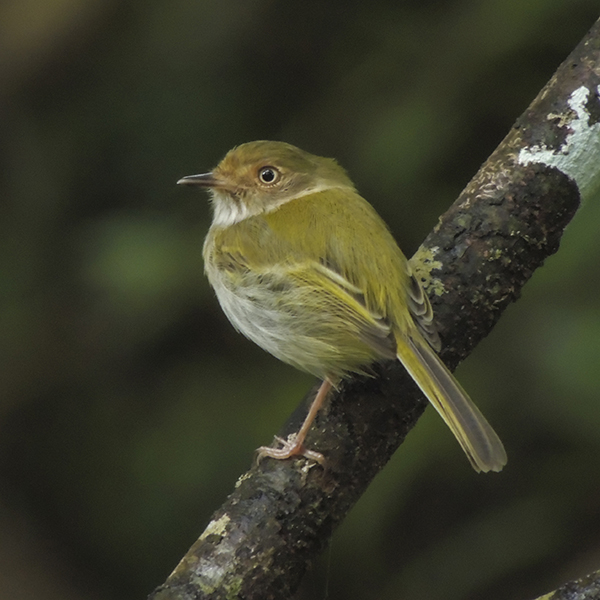
Pale-eyed Pygmy-tyrant
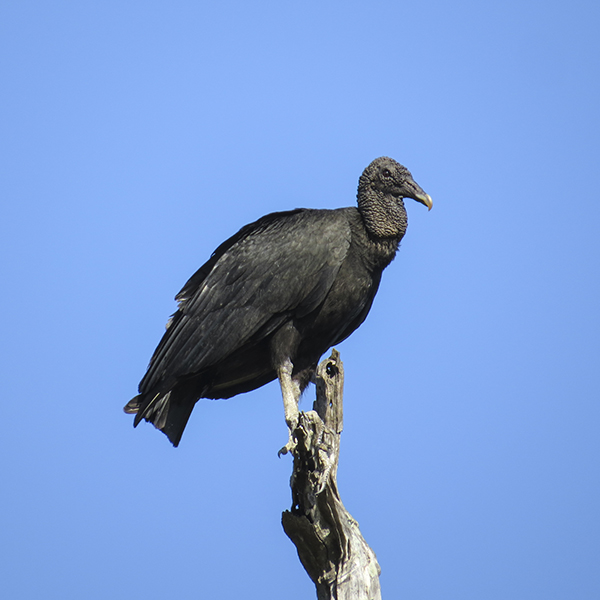
Black Vulture
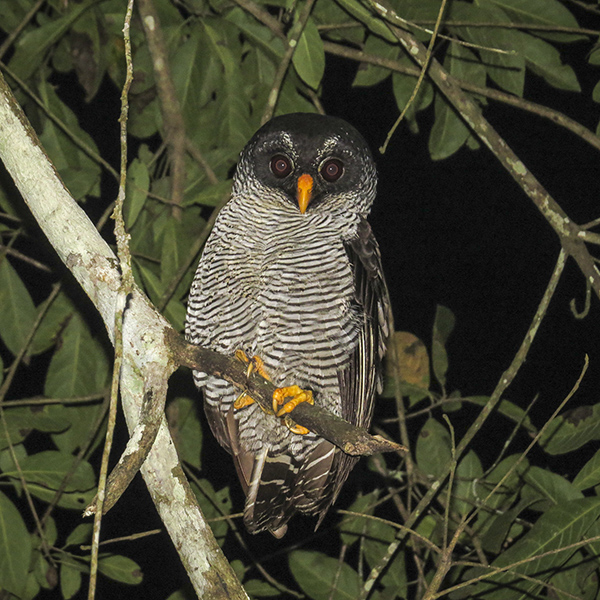
Black-and-white Owl
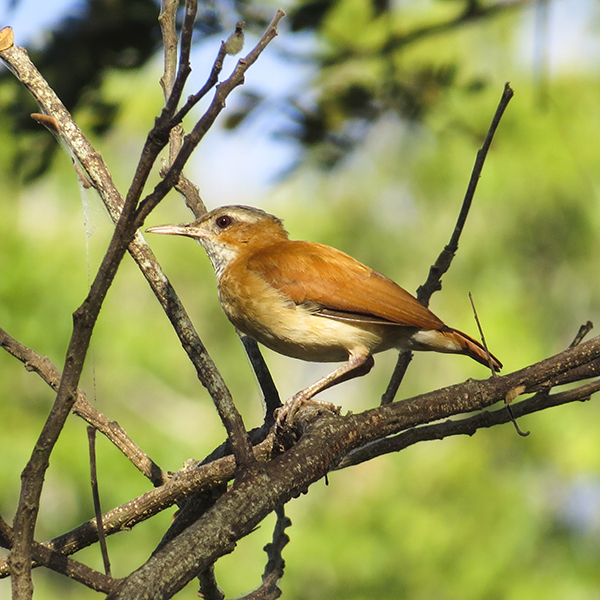
Caribbean Hornero
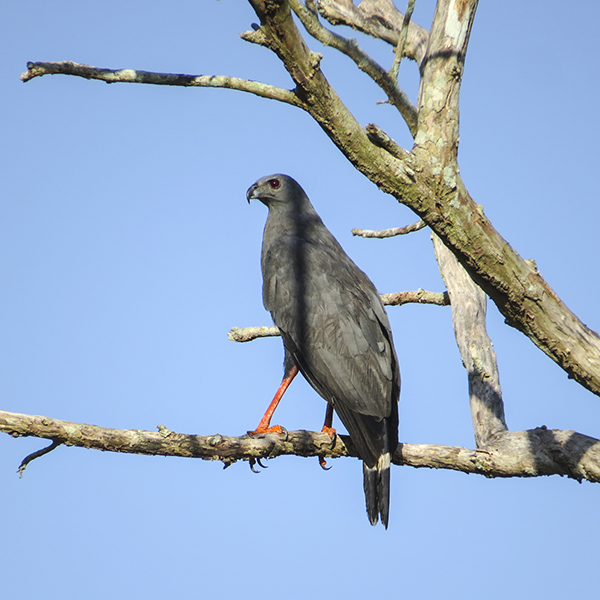
Crane Hawk pp
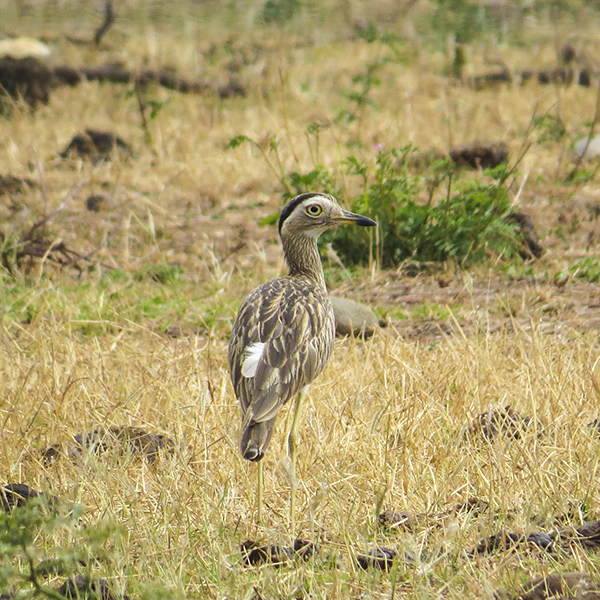
Double-striped thick-knee
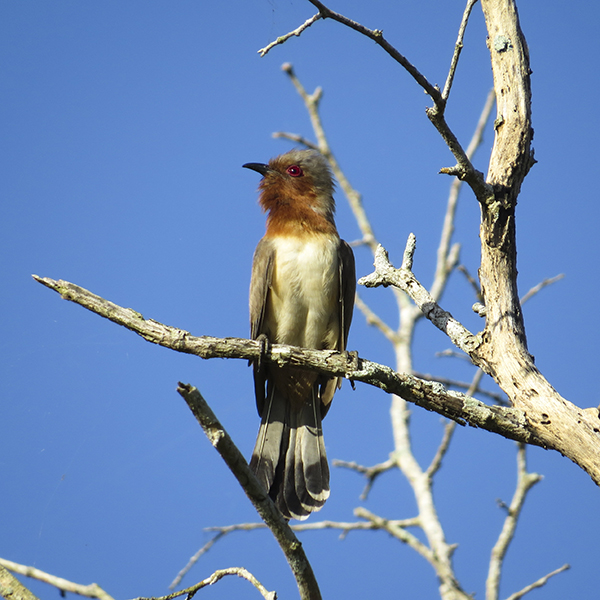
Dwarf cuckoo
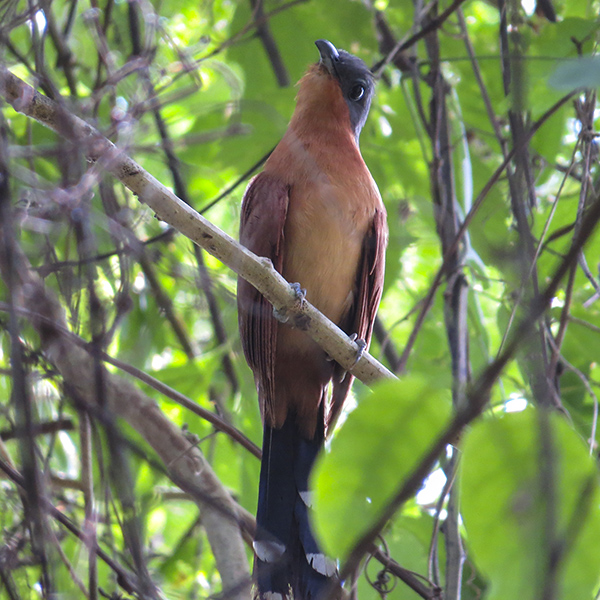
Grey-capped cuckoo
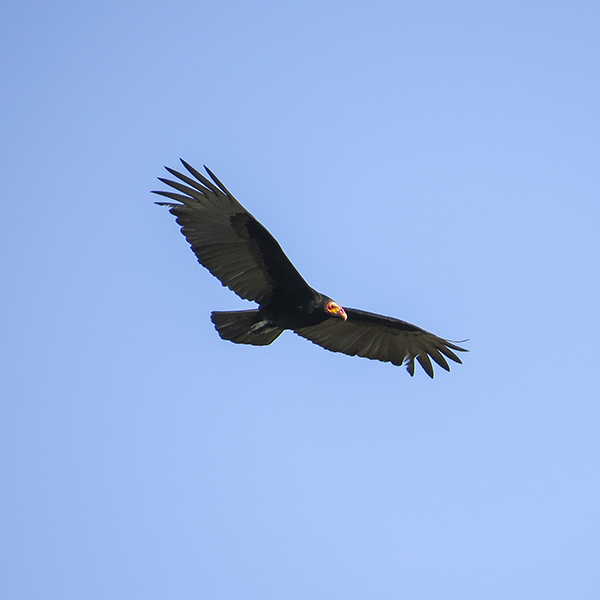
Lesser Yellow-headed Vulture
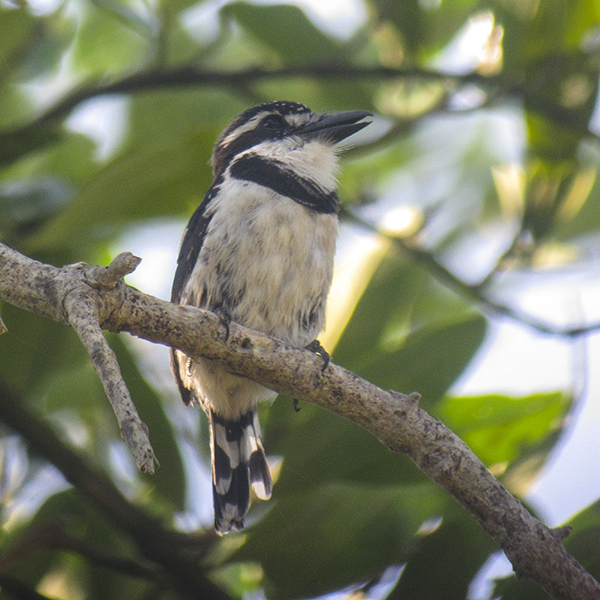
Pied Puffbird
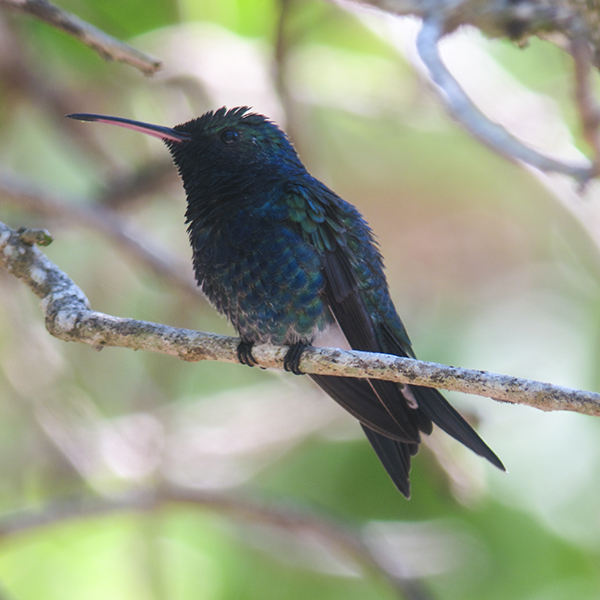
Sapphire-bellied Hummingbird
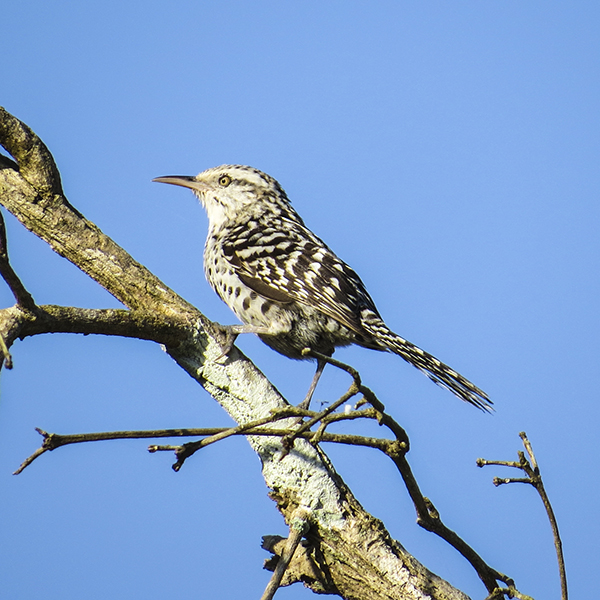
Stripe-backed Wren
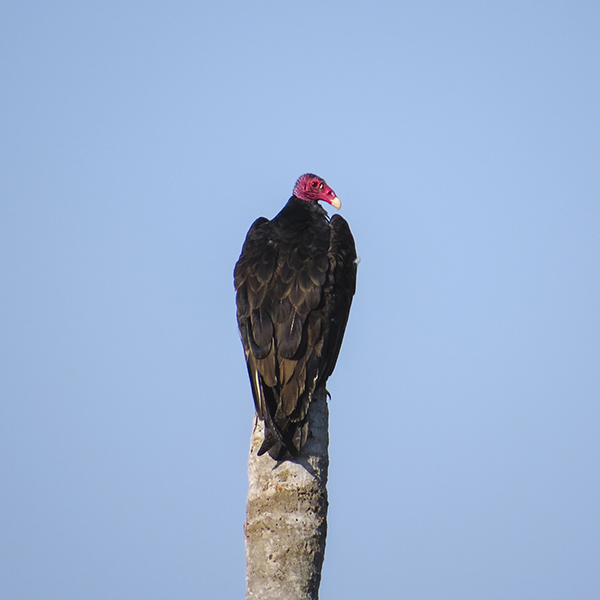
Turkey Vulture
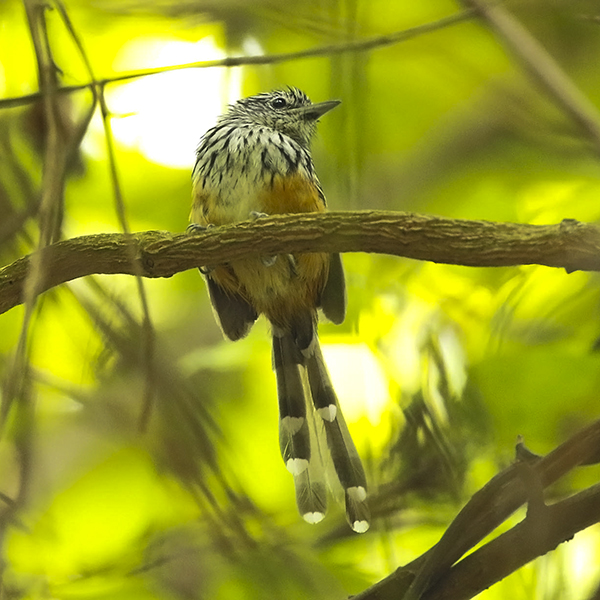
Santa Marta Antbird
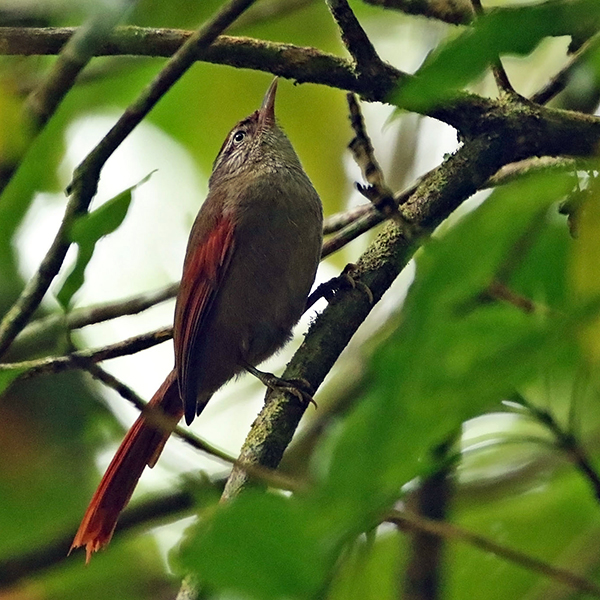
Streak-capped Spinetail
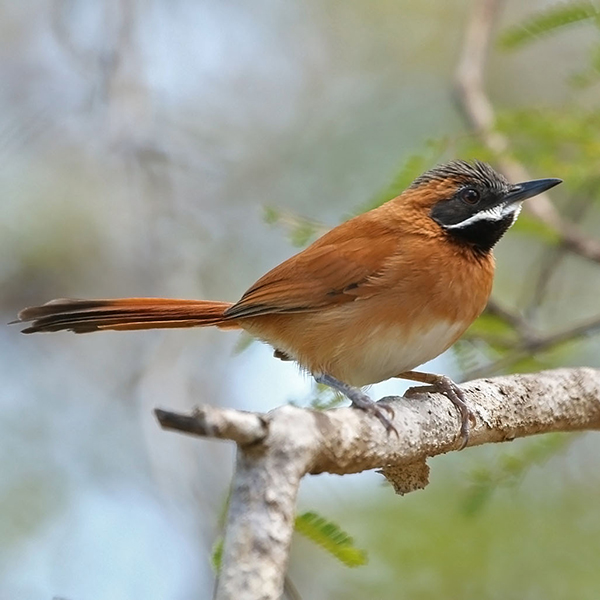
White-whiskered Spinetail
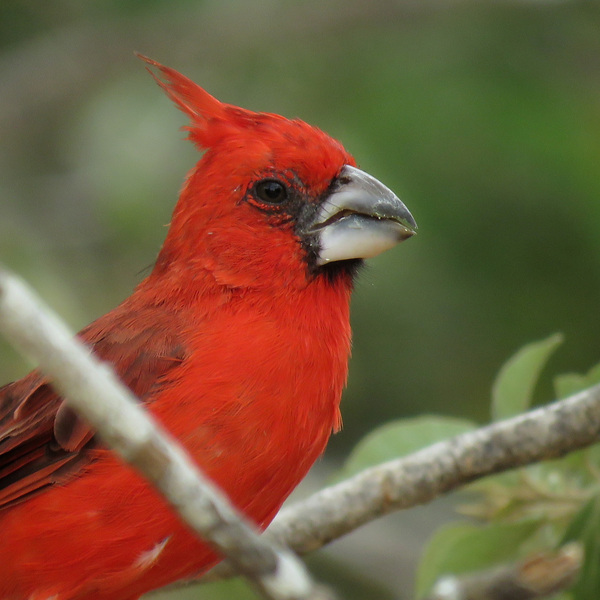
Vermilion Cardinal
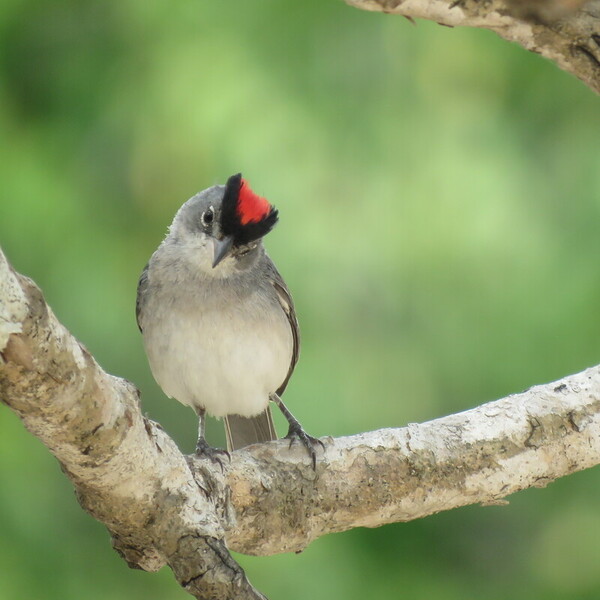
Pileated Finch
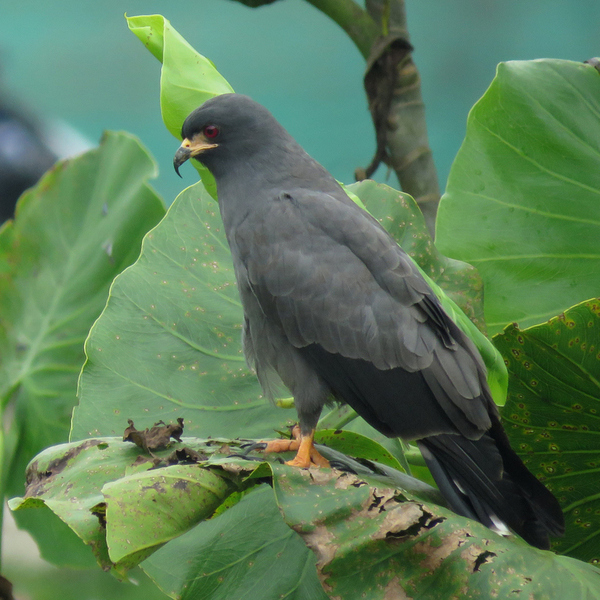
Snail Kite
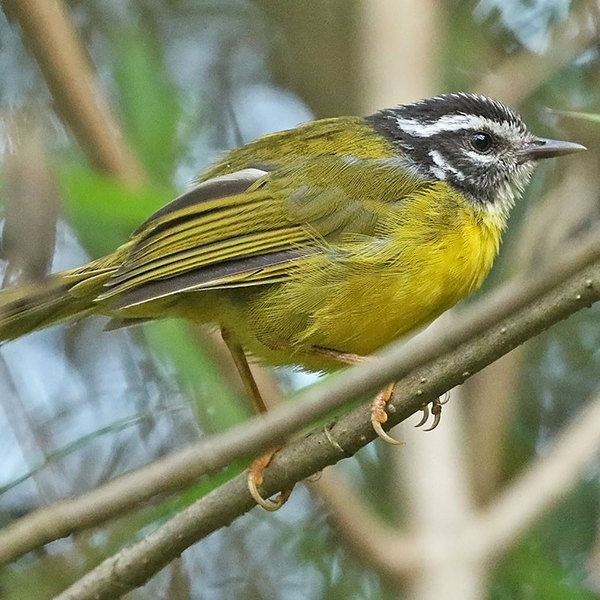
Santa Marta warbler
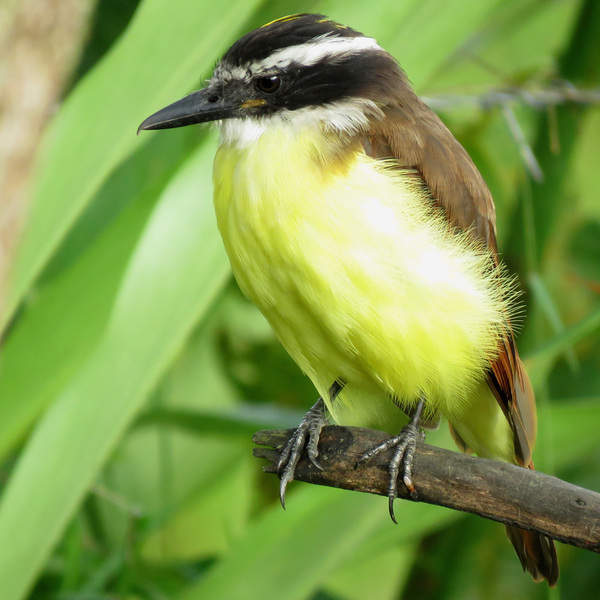
Great Kiskadee
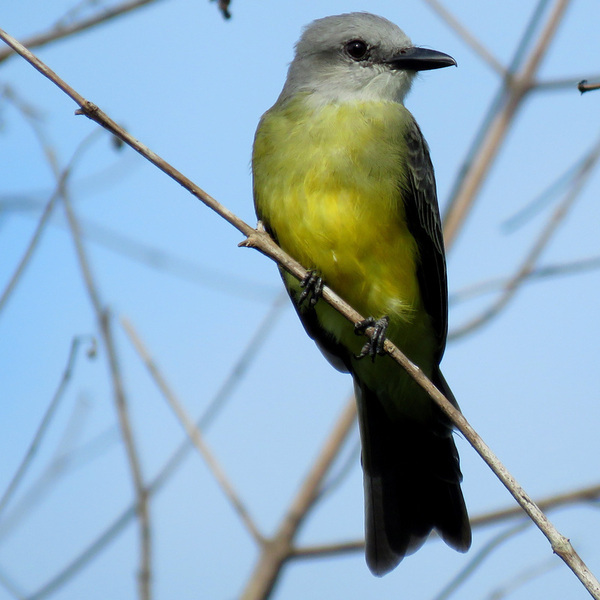
Tropical Kingbird
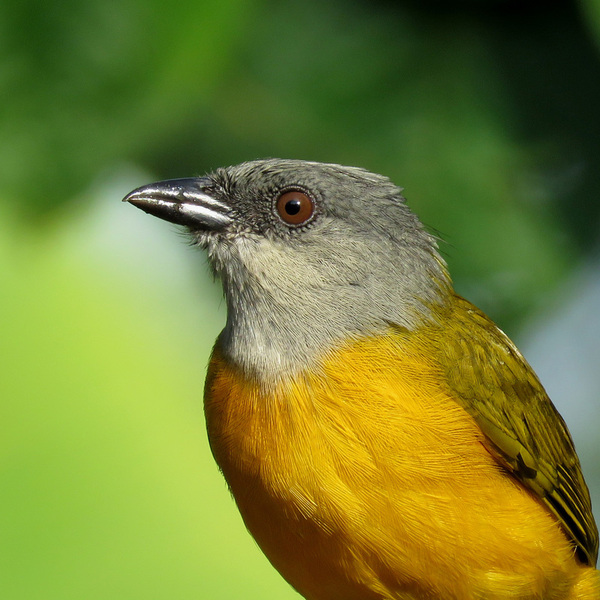
Gray-headed Tanager
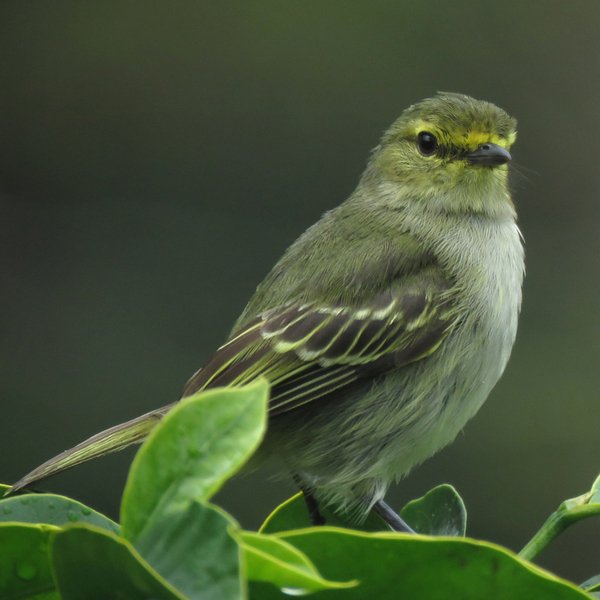
Golden-faced Tyrannulet
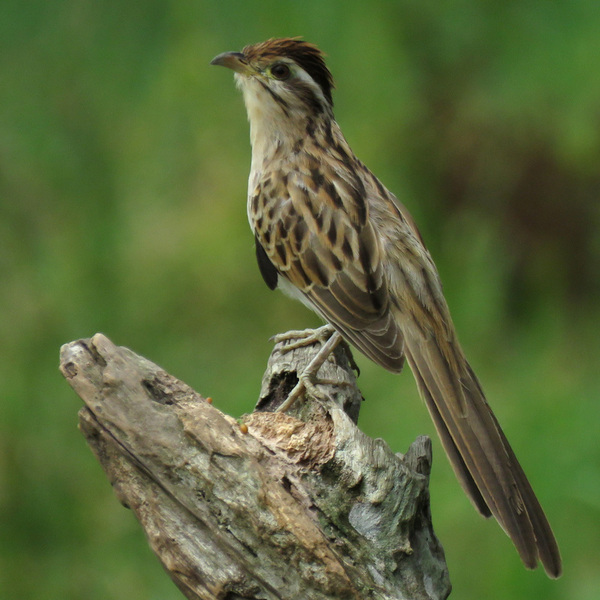
Striped Cuckoo
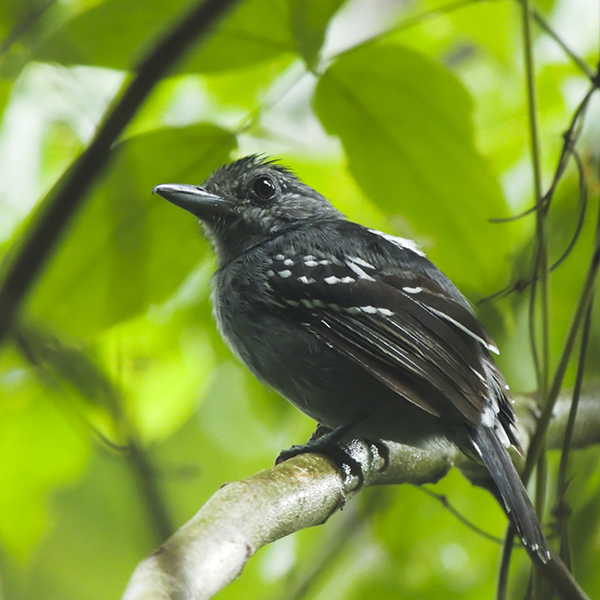
Black-crowned Antshrike
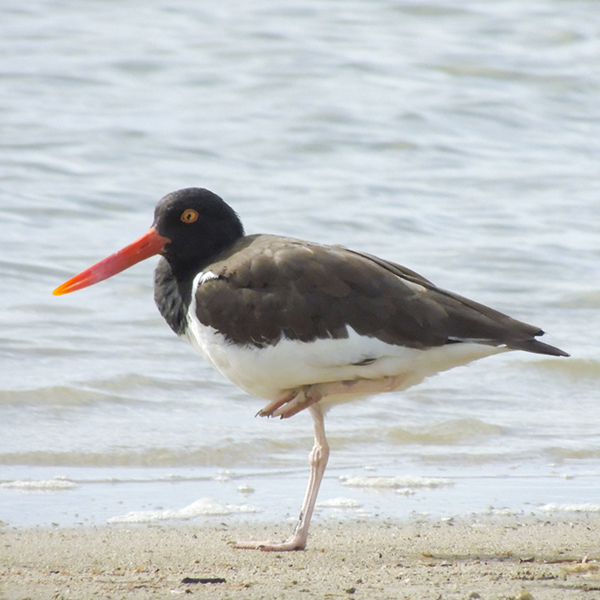
American Oystercatcher
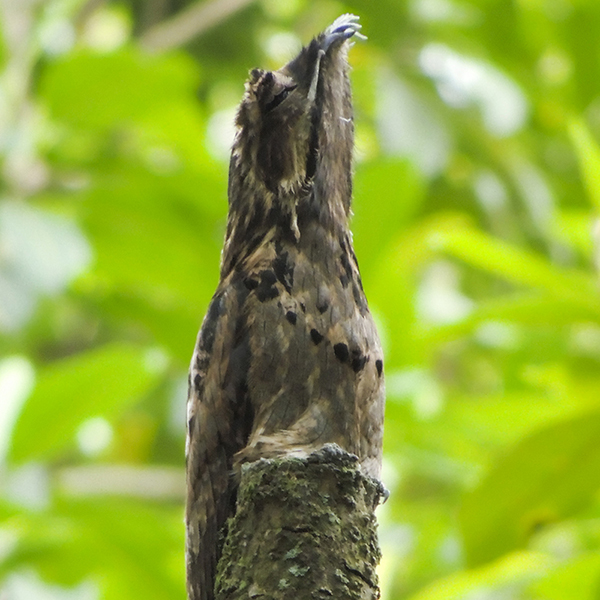
Common Potoo
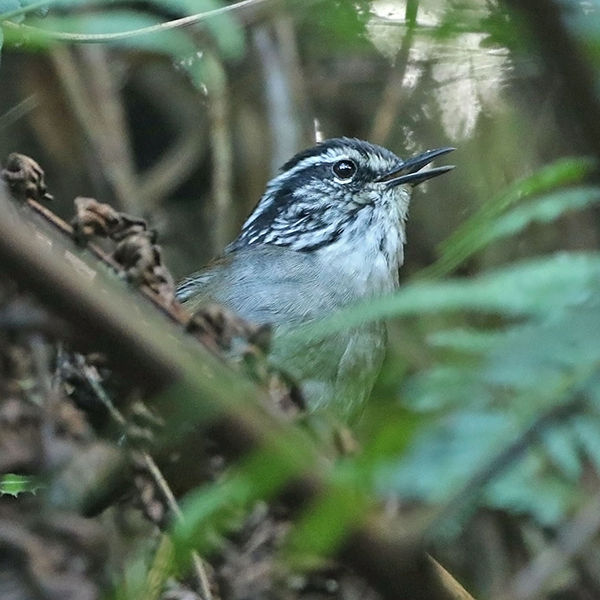
Hermit Wood-wren
Itinerary
Day 1: Birding around Barranquilla
We´ll land in the Barranquilla city. After lunch we will make the three hour drive east to Baranquilla. We will stop on the city limits and visit some dry scrub forest where our main target will be the endemic Chestnut-winged Chachalaca. We are sure to see a few commoner species which could include Mouse-coloured Tyrannulet, Northern Scrub Flycatcher and Trinidad Euphonia.
Day 2: Salamanca National Park and Transfer to Minca.
The Salamanca National Park is adjacent to the Ciénaga Grande, right in the middle of the Barranquilla- Santa Marta highway. It protects the most significant area of mangroves in the Colombian Caribbean. Offers good chances for the endemic and Critically Endangered Sapphire-bellied Hummingbird, like another interesting birds as the Bicolored Conebill, Black-crested Antshrike, Golden-green and Red-rumped Woodpeckers, Yellow-chinned Spinetail, Bronzed Cowbird and Striped-backed Wren. Another great aquatic birds possible to see include the White-cheeked Pintail, Northern Screamer, Boat-billed Heron and the American Pygmy Kingfisher.
Minca, is a little village located in the foothills of the Sierra Nevada, the birding from the dry scrub below Minca up to the shade-coffee plantations area, encompasses lots of different habitats that yield a large number of birds, including near-endemics Golden-winged Sparrow, Scaled Piculet and Red-billed Emerald, besides Chestnut-winged Chachalaca, Keel-billed Toucan, Pearly-vented Tody-Tyrant, Rufous-breasted Wren and Black-headed Tanager. The restaurant bird feeders attract White-vented Plumeleteer, Rufous-breasted Hermit, Steely-vented Hummingbird, White-necked Jacobin, Black-throated Mango and Whooping Motmot all of them can be photographed easily.
Day 3: El Dorado Bird Reserve
The Sierra Nevada de Santa Marta, a UNESCO- declared Biosphere Reserve, and a well-known Pleistocene refuge, is an isolated mountain, set apart from the Andes. Reaching an altitude of 5775 meters (18942 feet) above sea level, the Sierra Nevada is the world´s highest costal peak that holds the highest degree of endemism in the world per area unity. Now days, there are about 24 Santa Marta endemic birds recognized, species you cannot see anywhere else on earth. Although, taxonomic changes can increase this number in the near future.
In the ride up to El Dorado Bird Reserve belonging to the Colombian NGO ProAves, some of the low-elevation endemic birds can be seen: Santa Marta Tapaculo, Santa Marta Woodstar, White-lored Warbler, Santa Marta Blossomcrown and Santa Marta Foliage-gleaner and the Santa Marta Antbird as well as White-tipped Quetzal, the distinctive Santa Marta subspecie of the Emerald Toucanet, Groove-billed Toucanet, Golden-breasted Fruiteater, and Rusty-breasted Antpitta.
Day 4: El Dorado Bird Reserve
The higher elevation of the Reserve hold most of the endemic bird species of Sierra Nevada, the critically endangered Santa Marta Parakeet, Yellow-crowned Whitestart, Santa Marta Warbler, Santa Marta Bush-Tyrant, Brown-rumped Tapaculo, Rusty-headed Spinetail, Santa Marta Antpitta and a likely to be split race of Rufous Antpitta can be found at San Lorenzo Ridge. Heading back to the lodge one can find White-tailed Starfrontlet, Streak-capped Spinetail and Black-cheeked Mountain-Tanager. Around the lodge are Colombian Brushfinch, Santa Marta Brush-Finch and lots of endemic subspecies including Cinnamon Flycatcher, Black-hooded Thrush, Blue-capped Tanager, and Black-throated Tody-Tyrant.
Day 5: El Dorado to Rioacha
We´ll try as much as possible to clean up all the Sierra Nevada specialties, so in day 5 we may either go back to San Lorenzo Ridge or to lower elevation towards Minca if we missed any target the days before. We also may spend time on the feeders and the compost pile of El Dorado Lodge, where Sierra Nevada Brushfinch, Black-fronted Wood-Quail, Lined quail-dove, Sickle-winged guan, Band-tailed guan and the gorgeous Blue-naped Chlorophonias are common visitors.
Day 6: Los Flamencos Flora and Fauna Sanctuary
In between the Camarones village and the Tapias River is Los Flamencos Flora and Fauna Sanctuary, western edge of the Guajira desert. Inside the sanctuary, rain water and little streams fill a number of inland lagoons along the coast that attracts numerous spectacular shorebirds such as American flamingo, the even brighter Scarlet Ibis, White Ibis, Gulls, terns, and many migratory shorebirds are to be found at Los Flamencos waterbodies.
The surrounding xerophytic scrub habitat is the natural habitat of very attractive regional specialties as the amazing Vermillion Cardinal, Orinocan Saltator, Buffy Hummingbird, Russet-throated Puffbird, Bare-eyed Pigeon, Chestnut Piculet, Slender-billed Inezia, White-whiskered Spinetail, Pileated Finch, Tocuyo Sparrow and the Rufous-vented Chachalaca. Also, Black-crested Antshrike, Crested Bobwhite, White-fringed Antwren, Northern Scrub-Flycatcher, Blue-crowned Parakeet, Brown-throated Parakeet and Green-rumped Parrotlet are likely to be seen.
Day 7: Biridng Tayrona National Park Area
Tayrona is one of the most important National Parks in Colombia, well-known for their superb beaches, but also it is home of a variety of wildlife. Lance-tailed Manakin, White-bearded Manakin and Buff-breasted Wren are quite easy to see, plus the White-necked Puffbird, White-fringed Antwren, and Golden-headed Manakin. The elusive, endemic and critically endangered Blue-billed Curassow is also possible to see there in the early mornings.
Day 8: Tayrona Area and fly back to Bogotá
We´ll be birding around Tayrona National Park, trying to find those species that we might miss, before take a fly back to Bogota.
